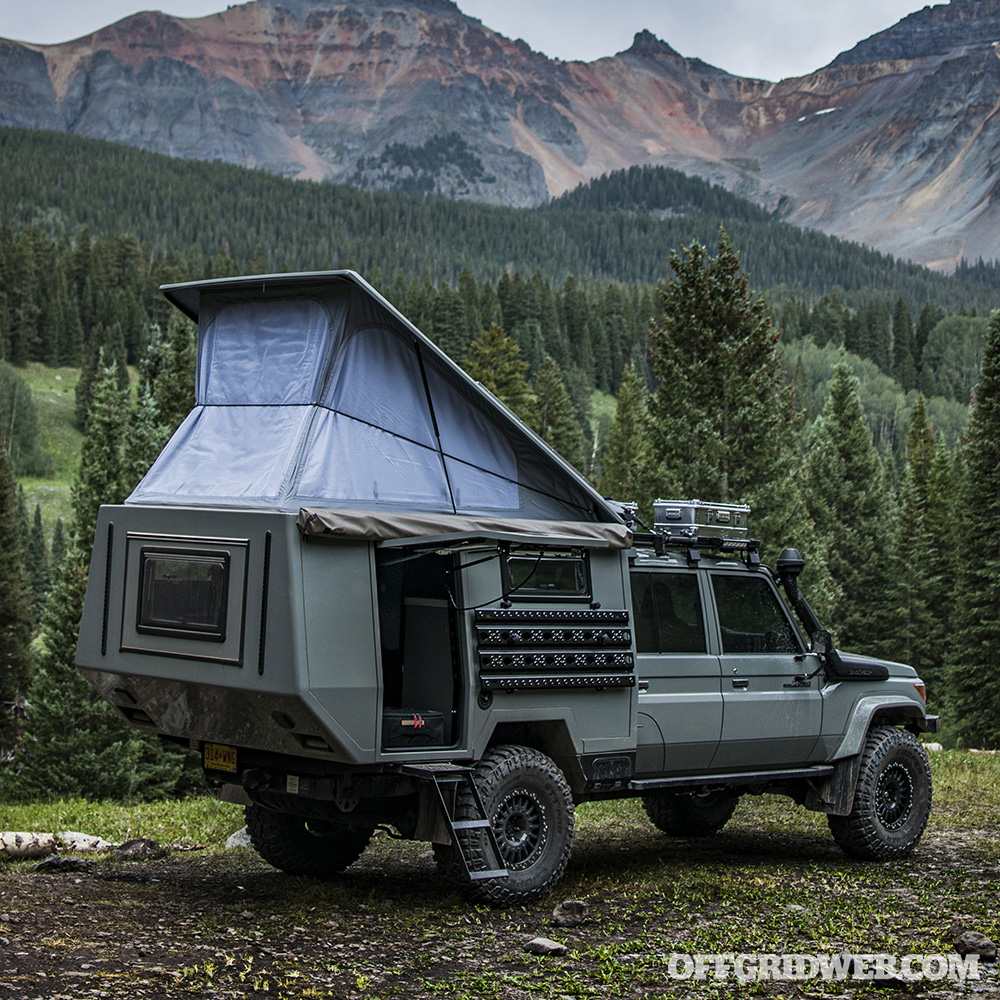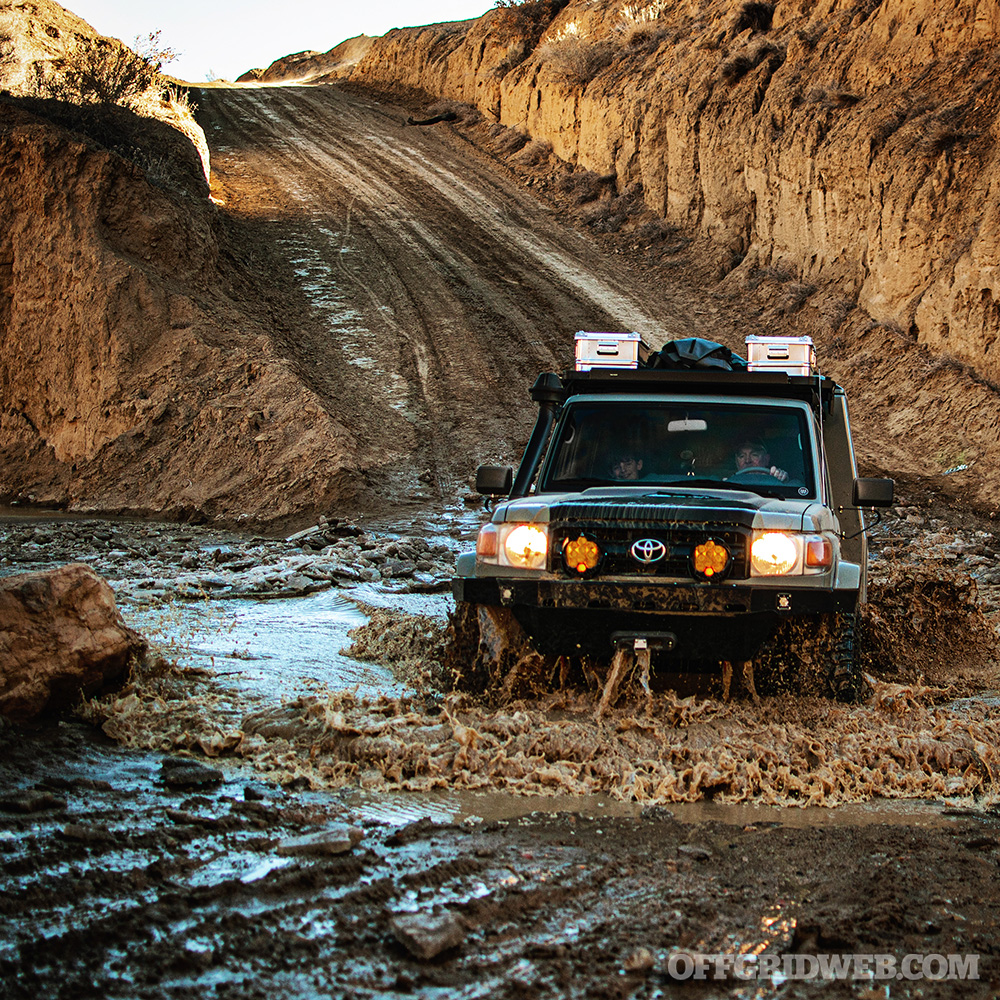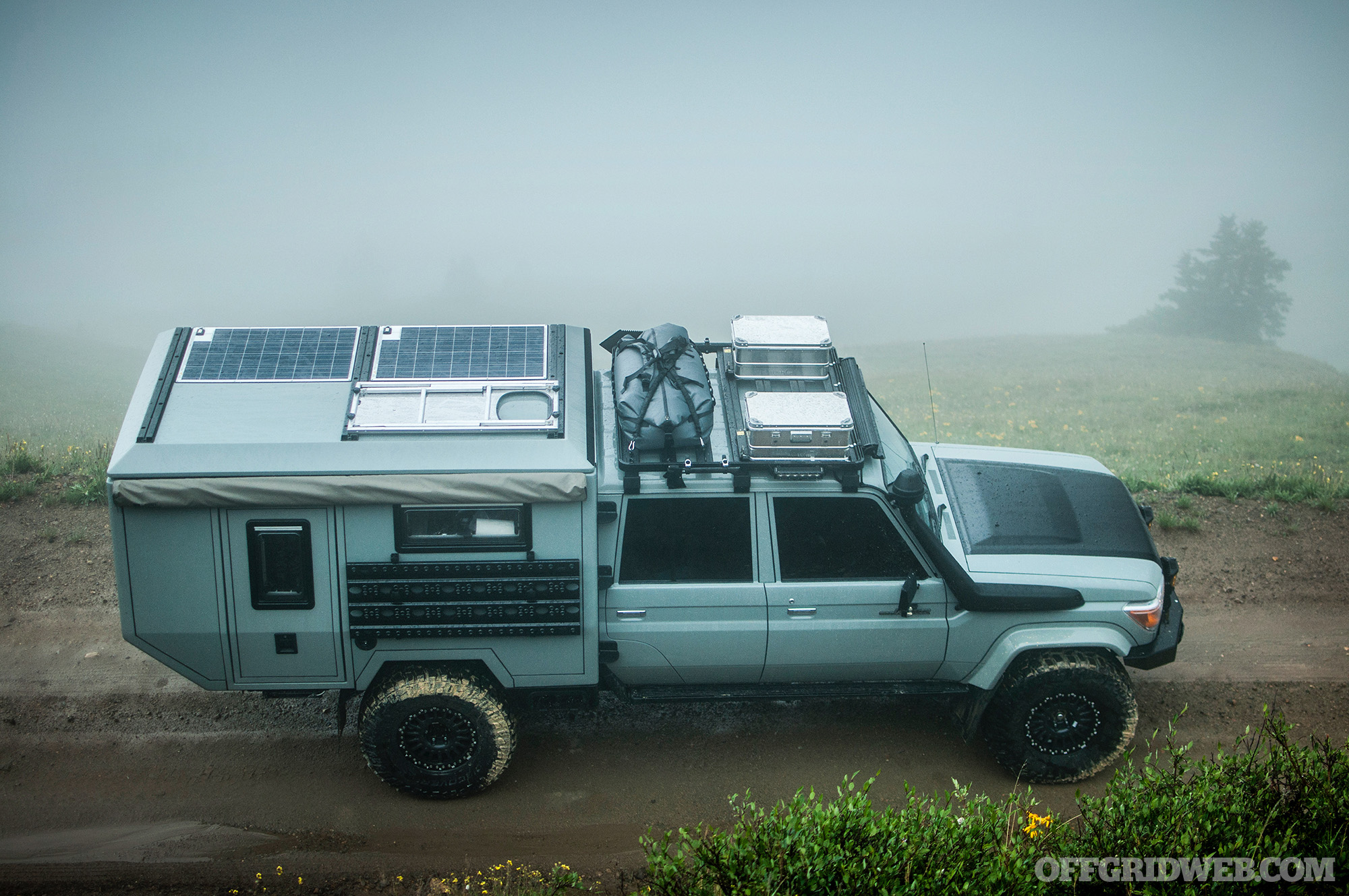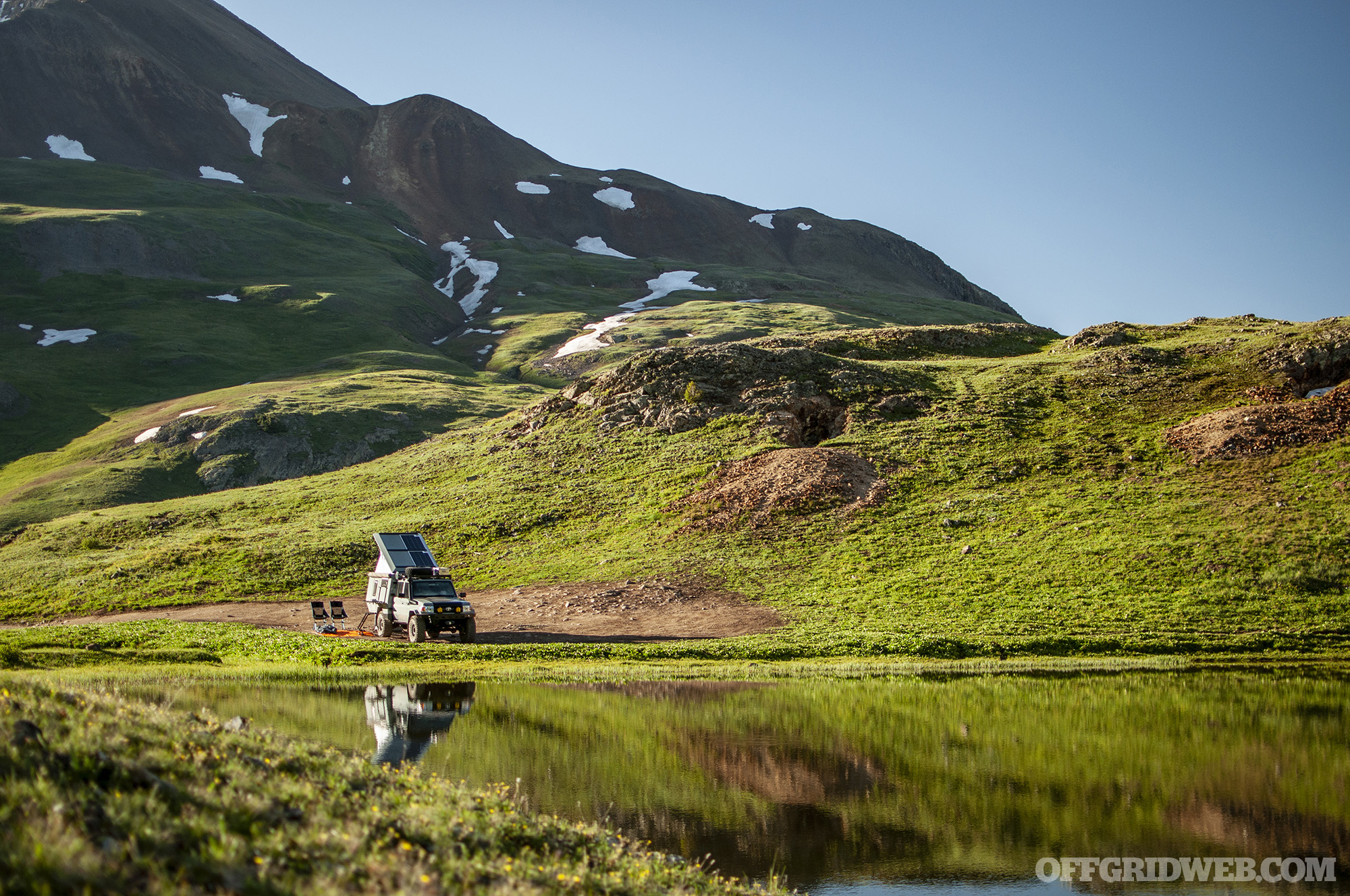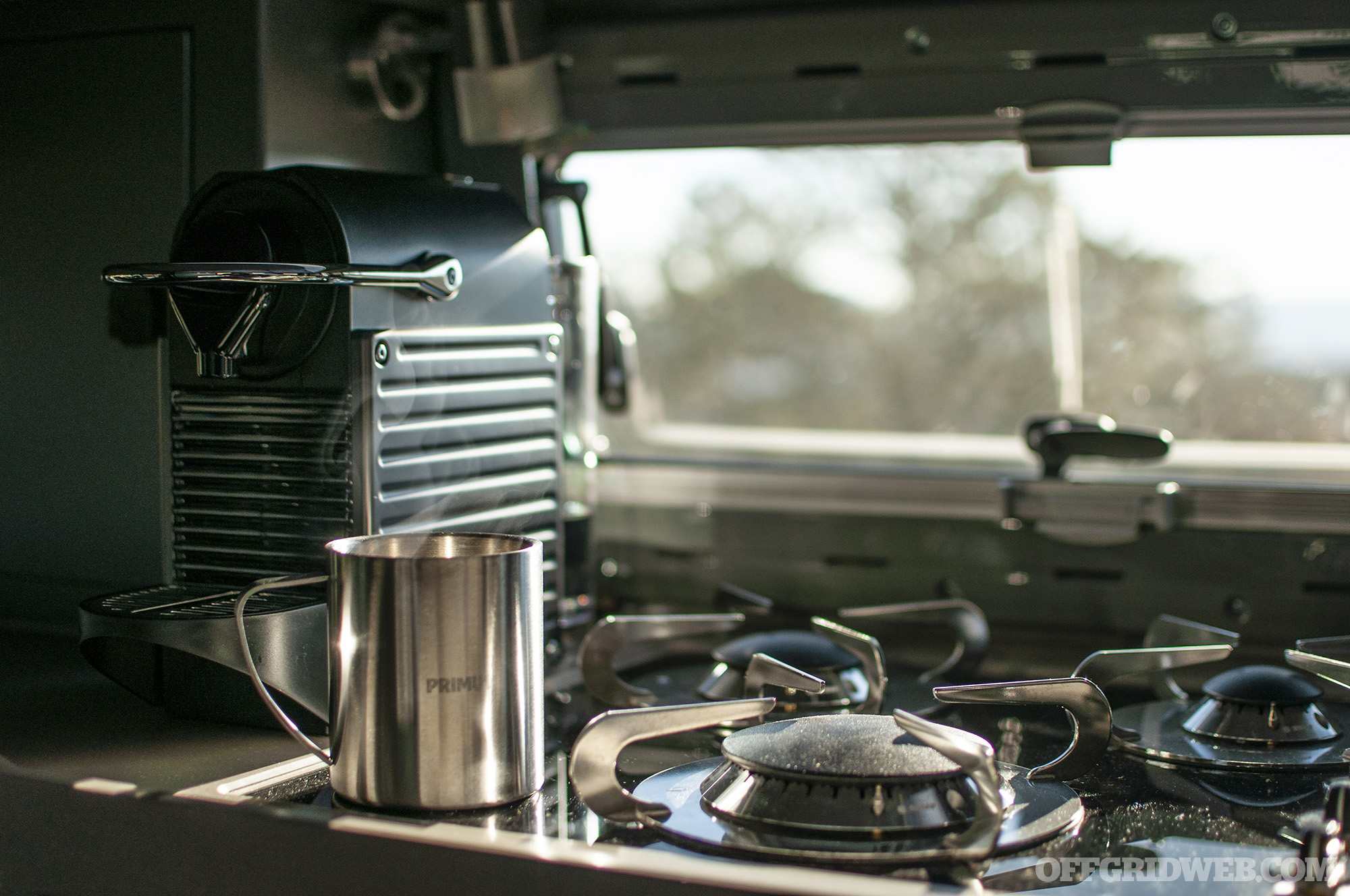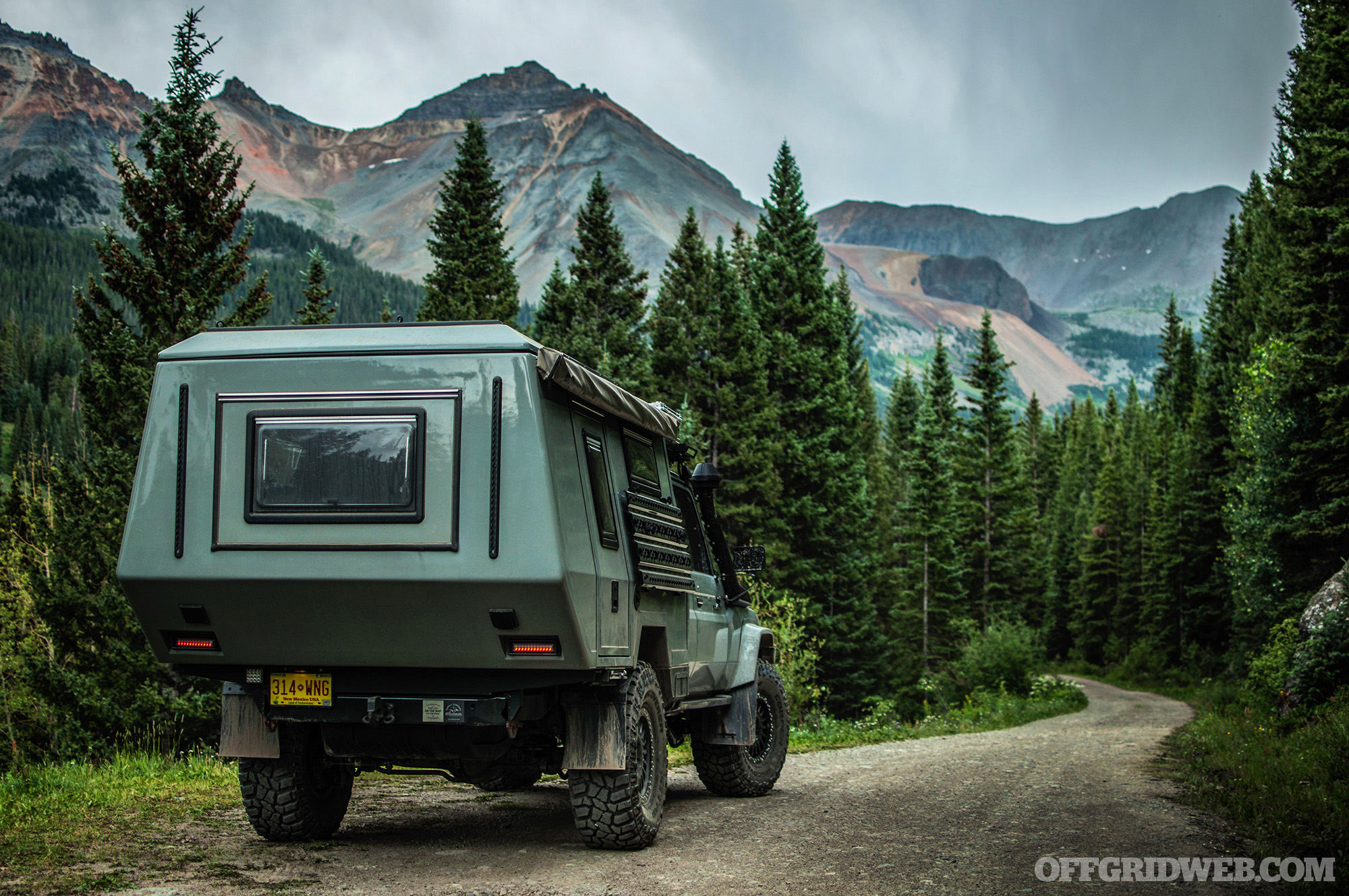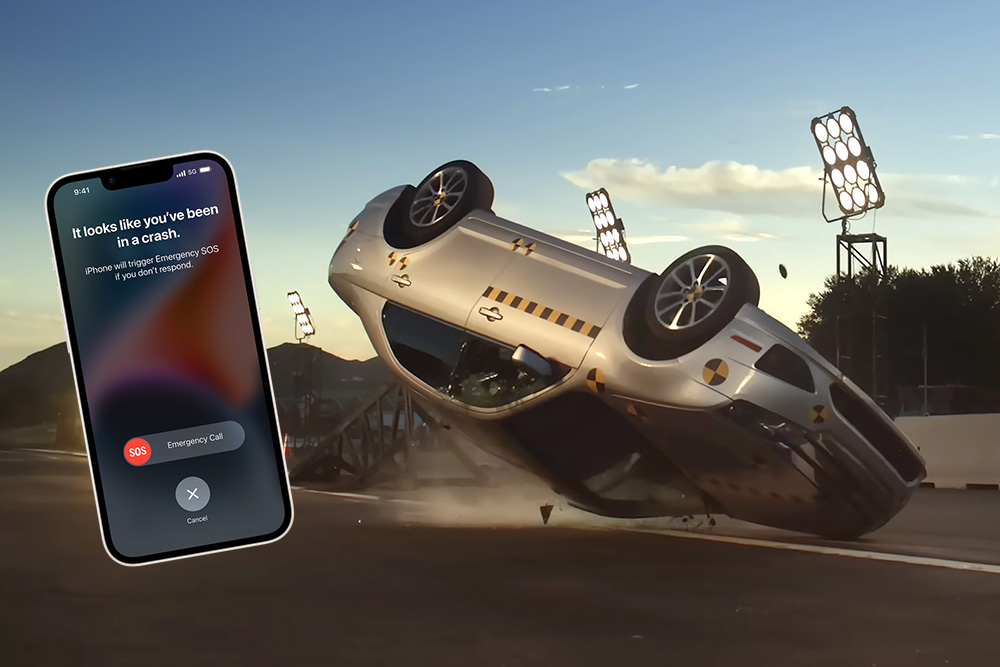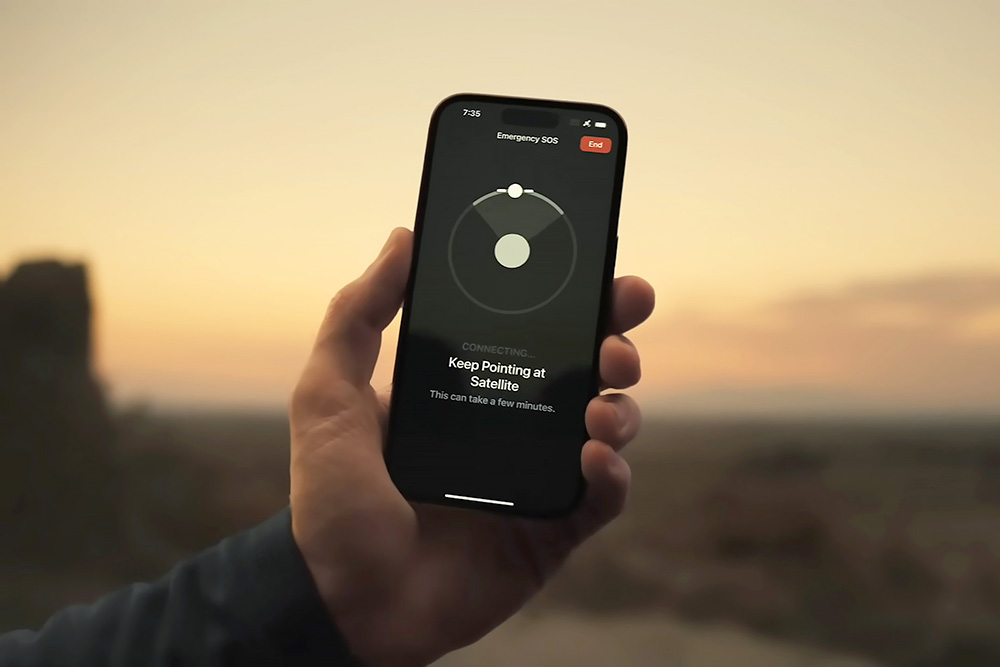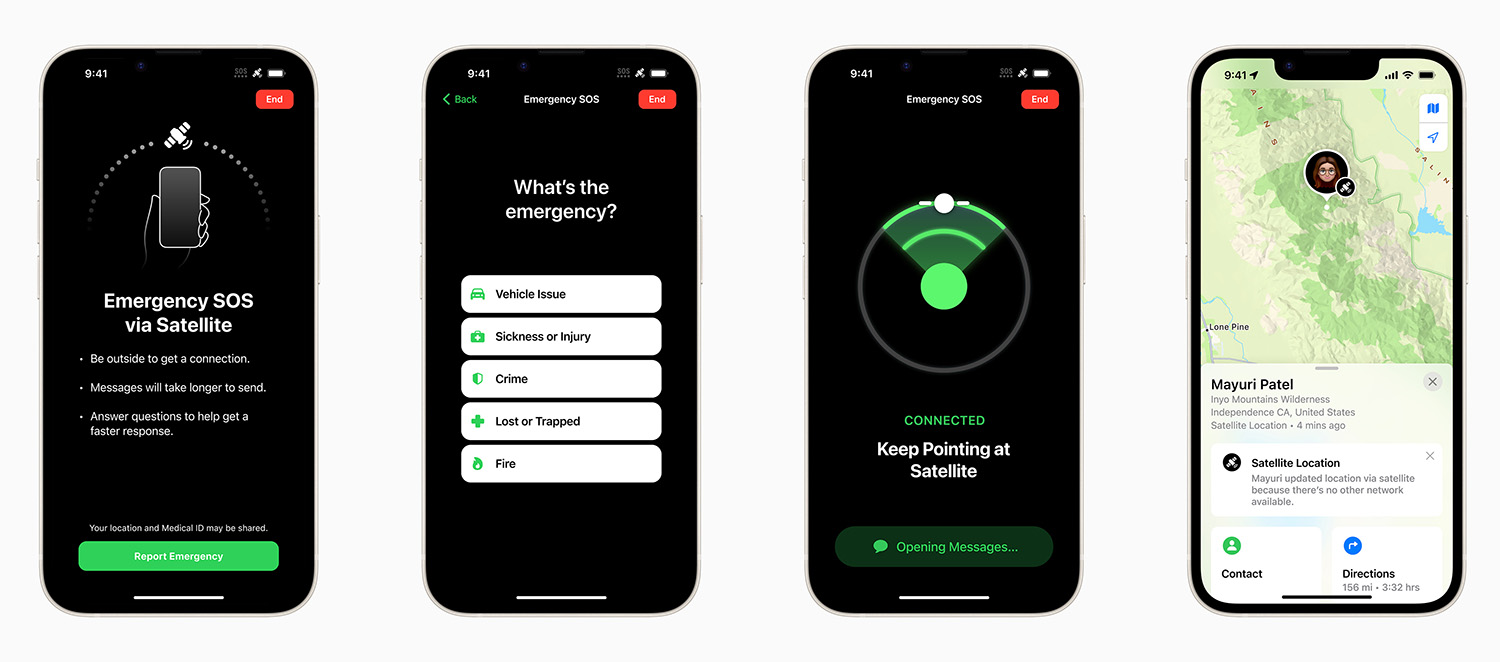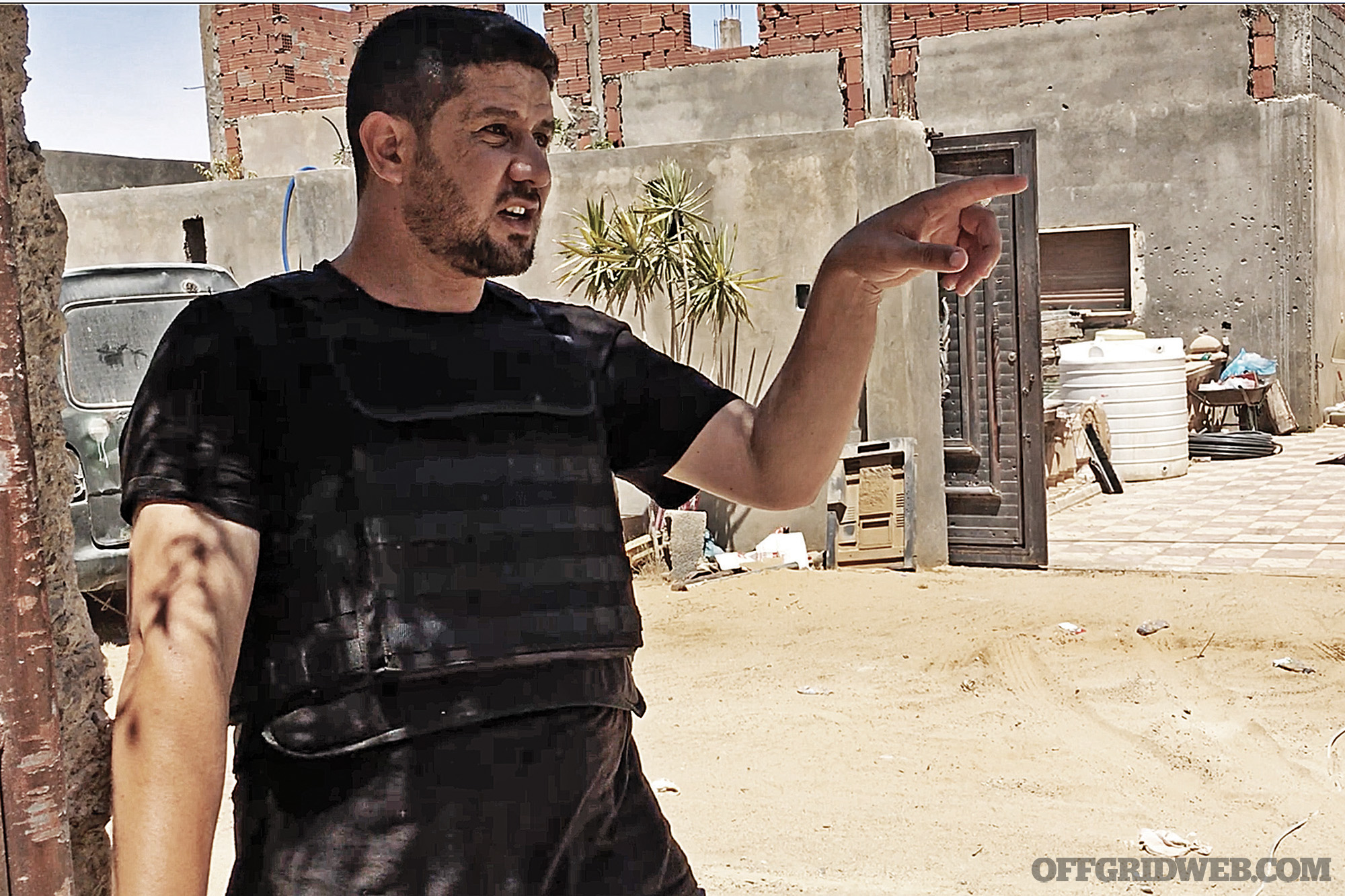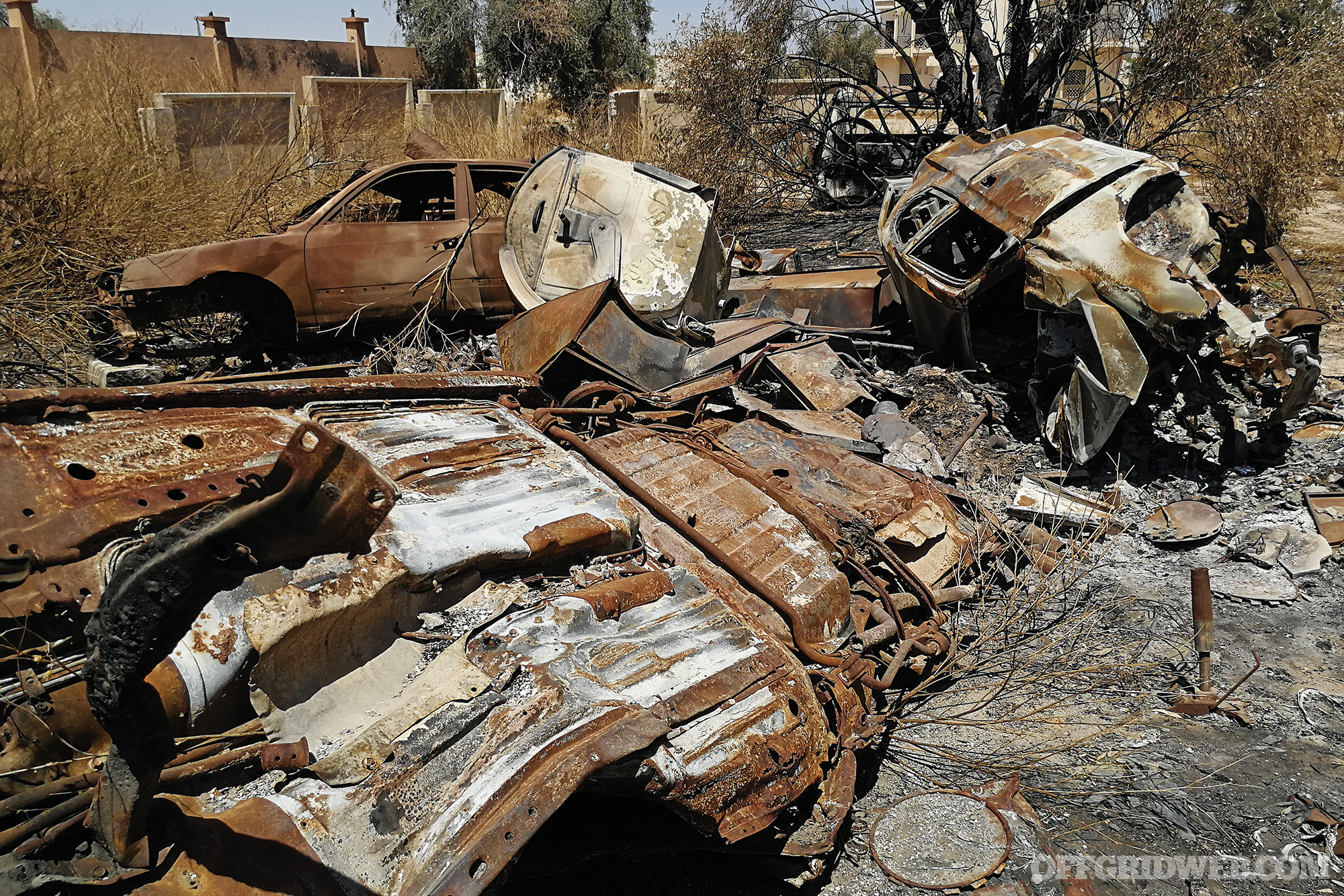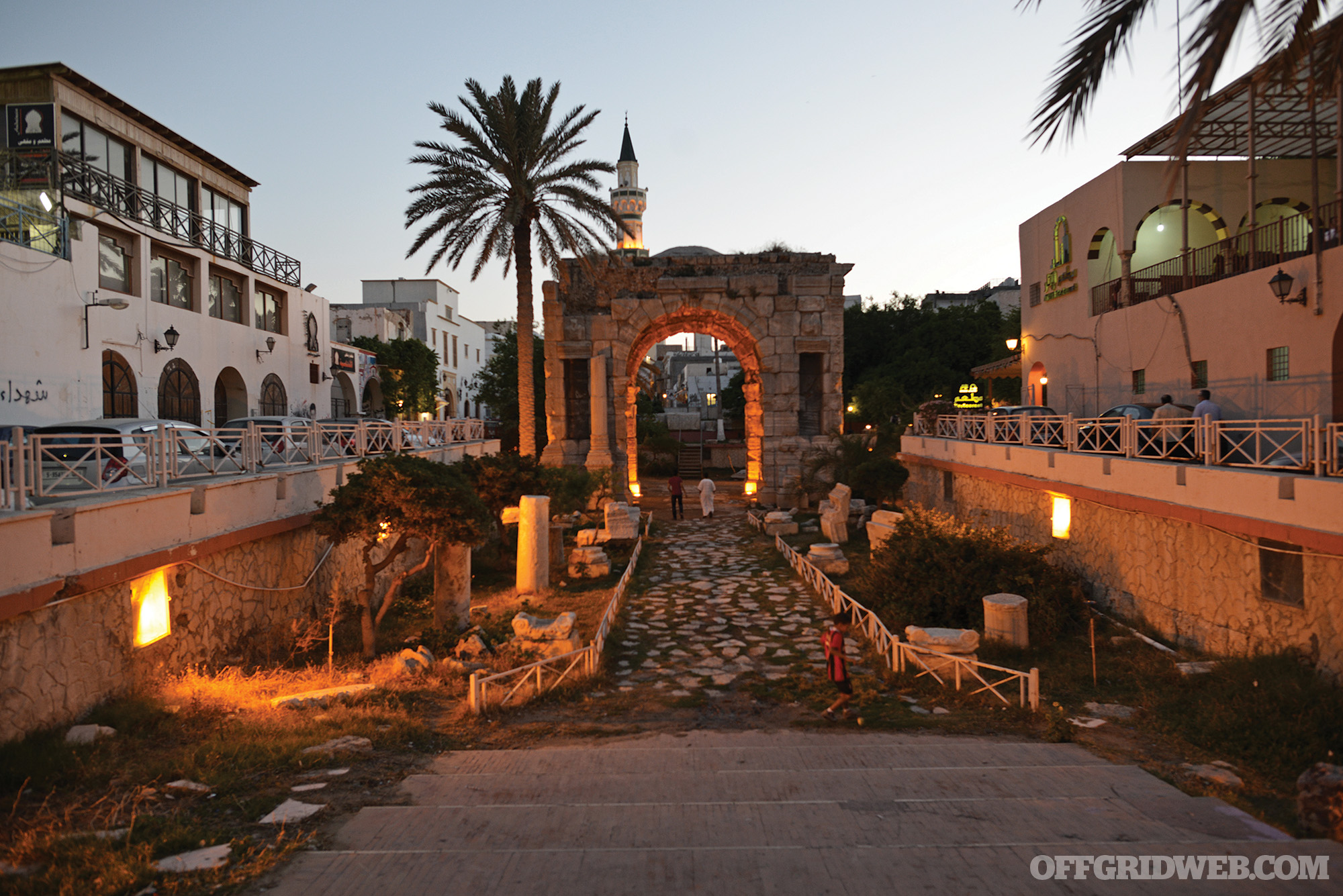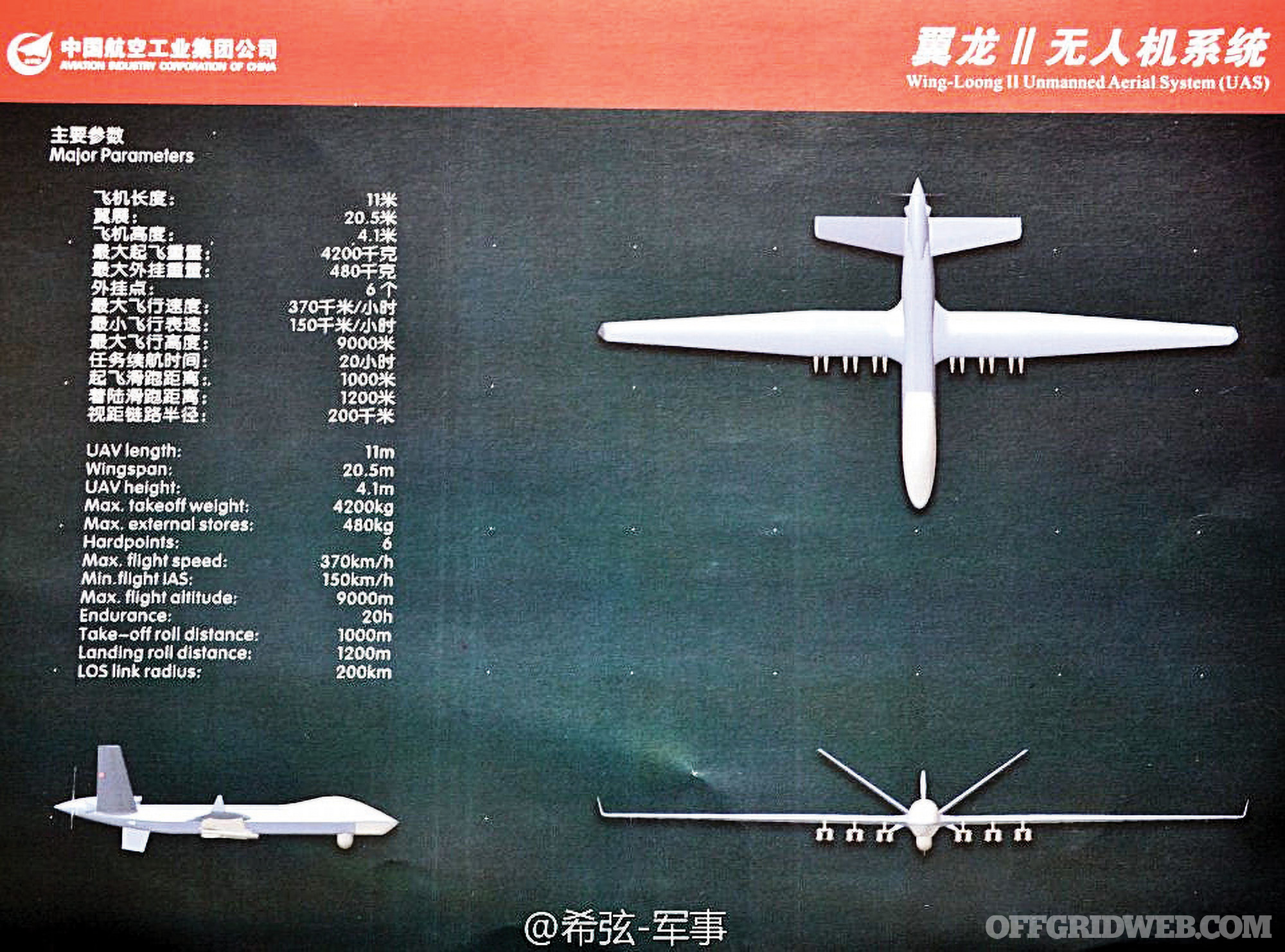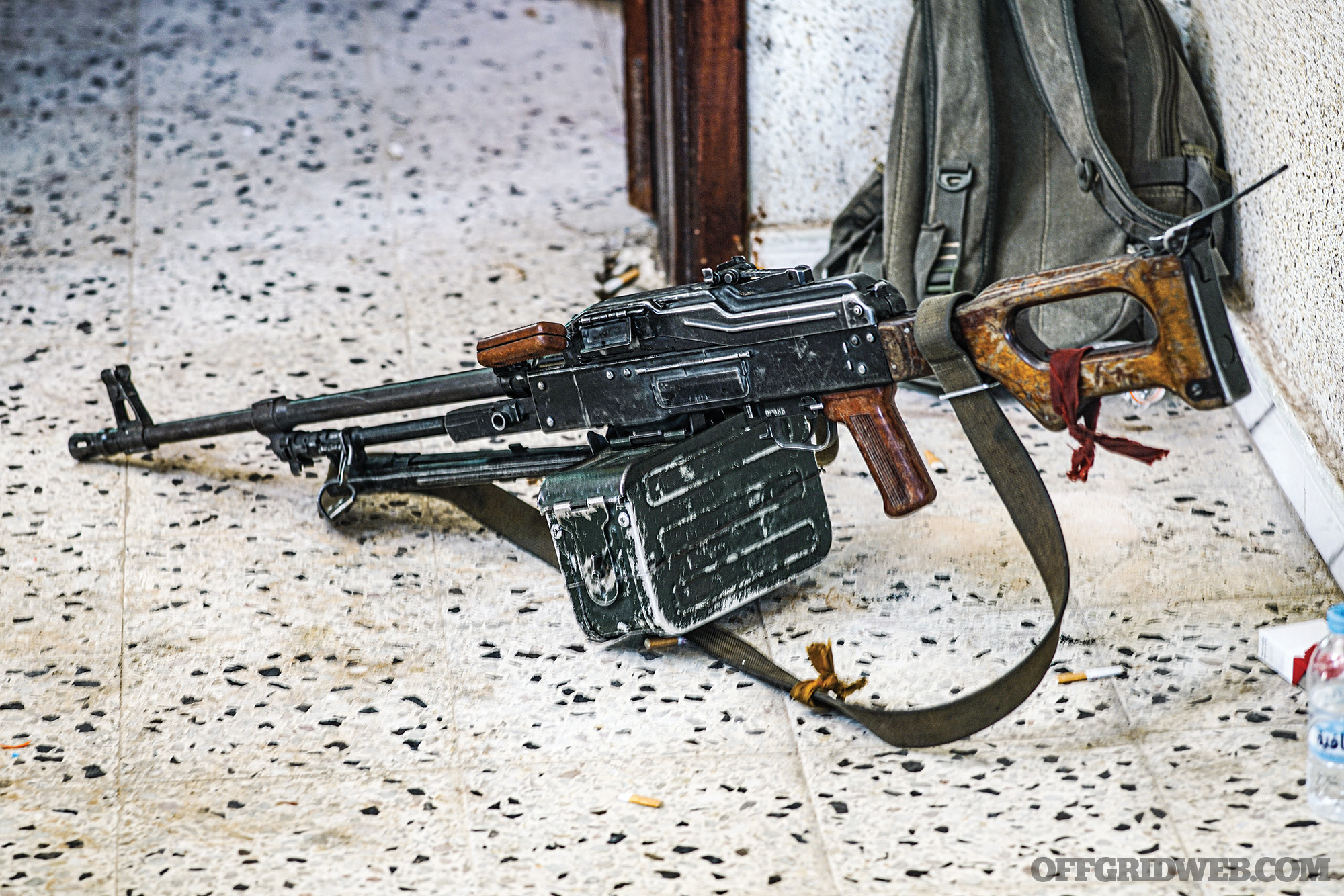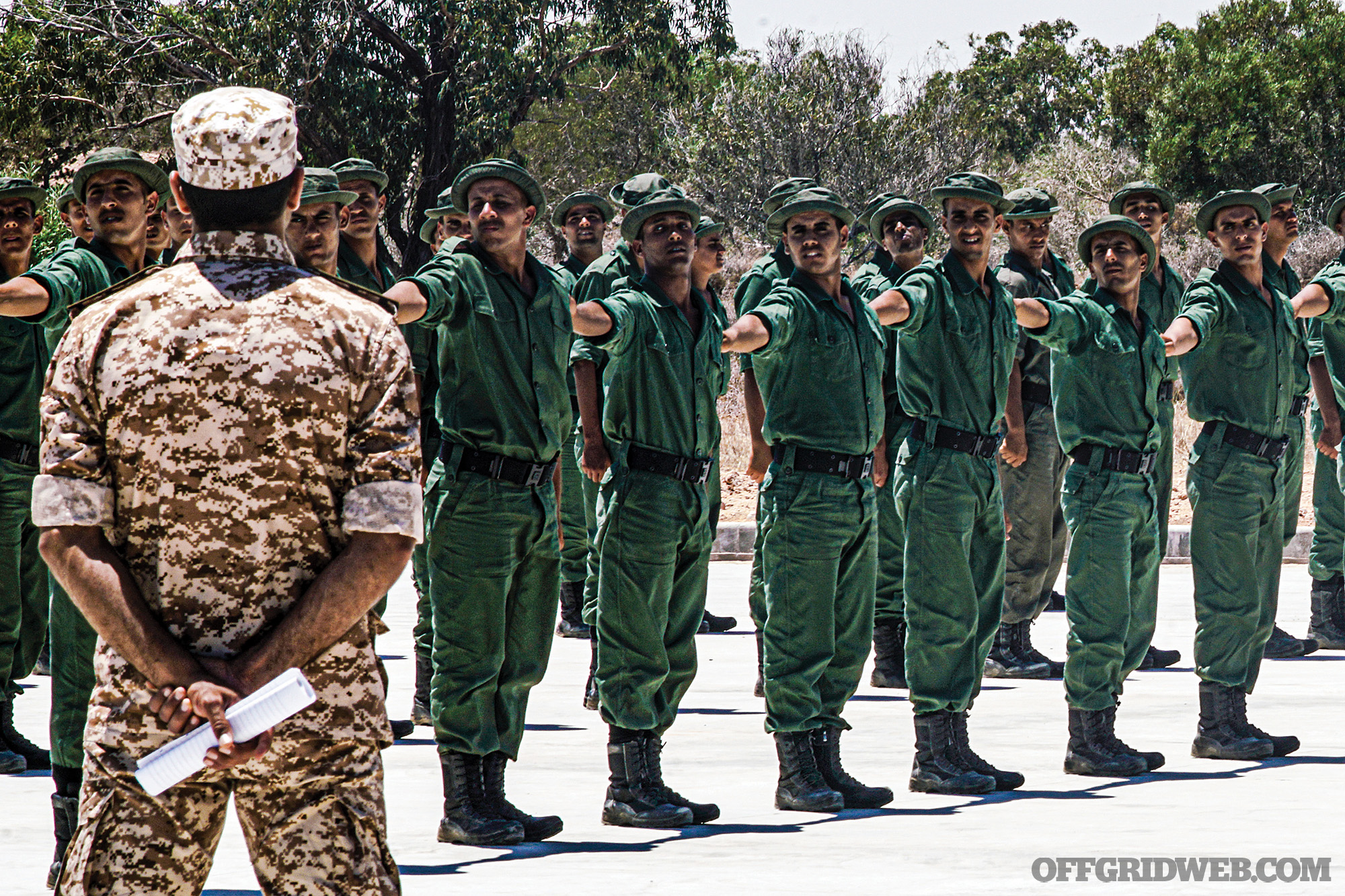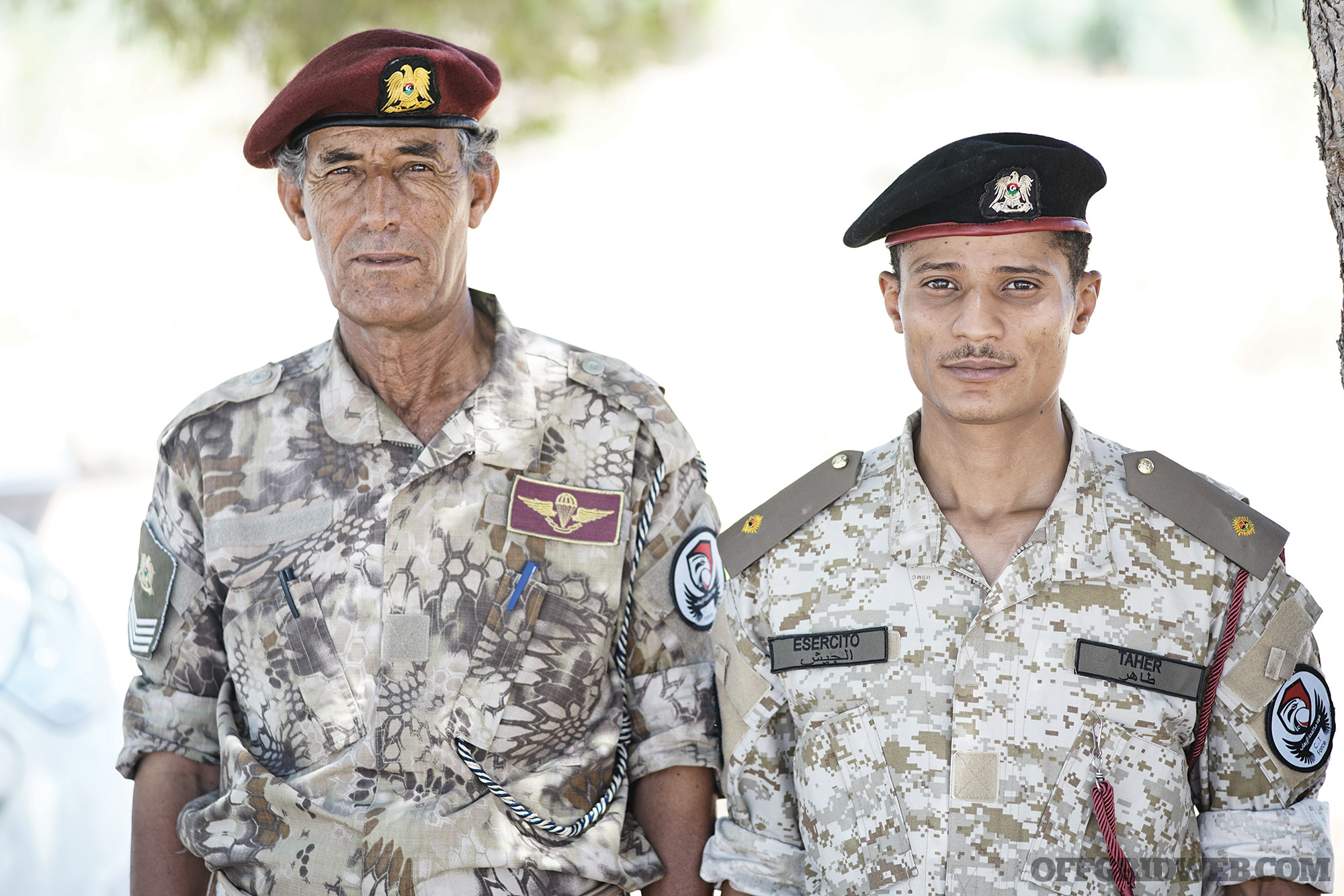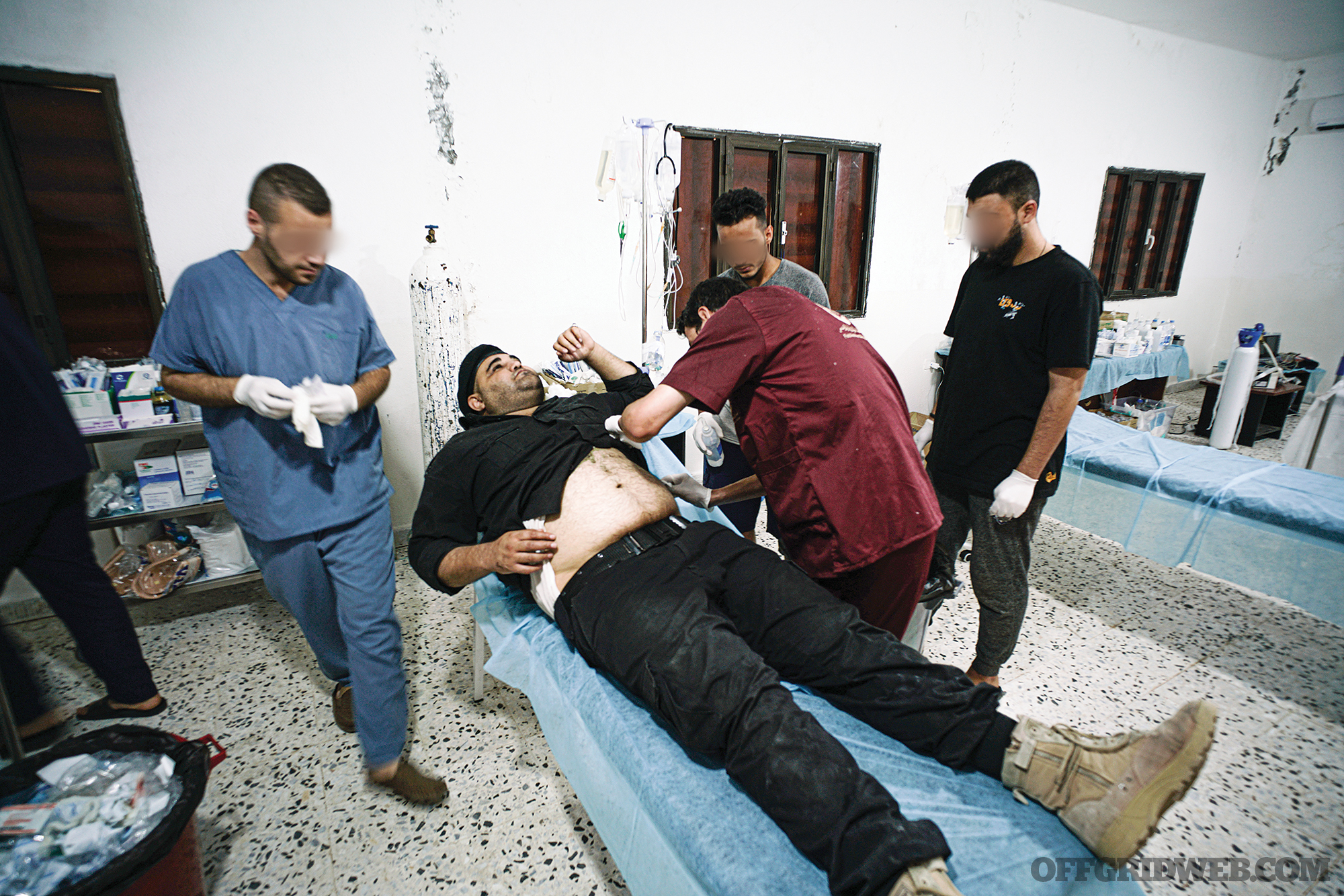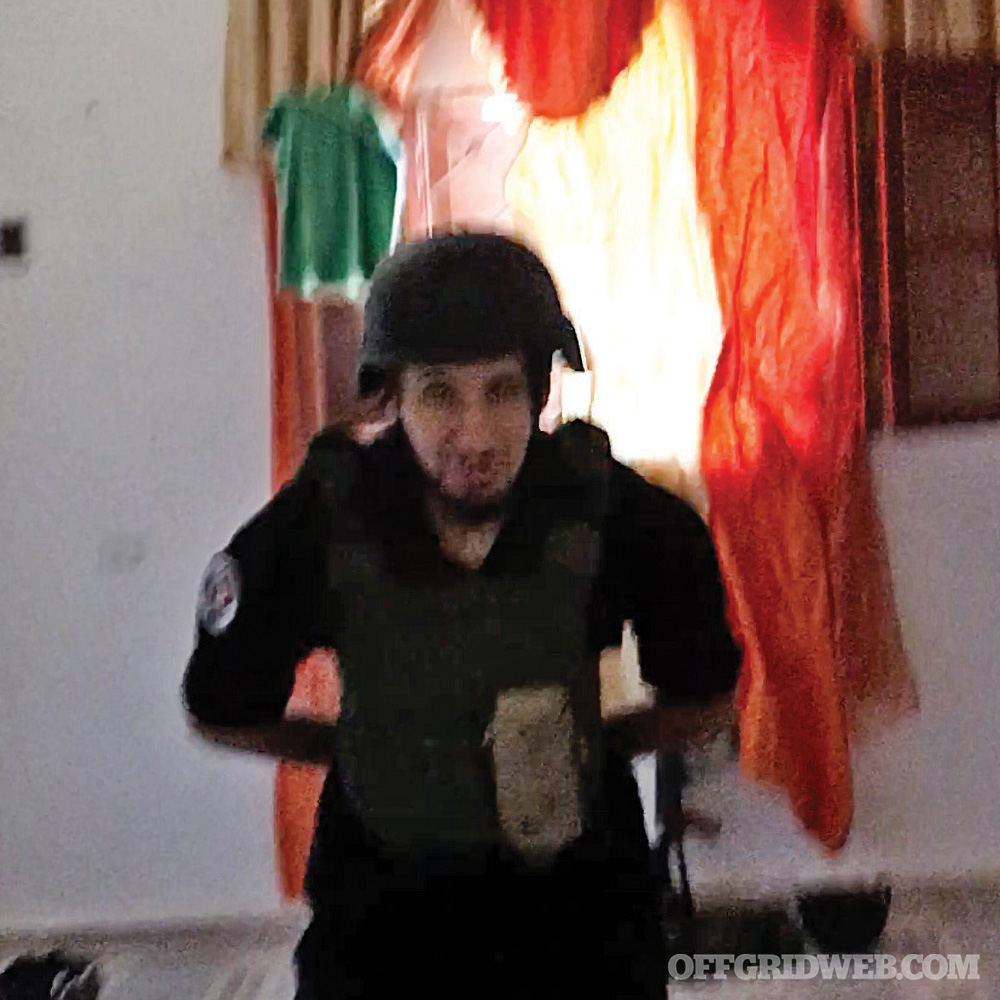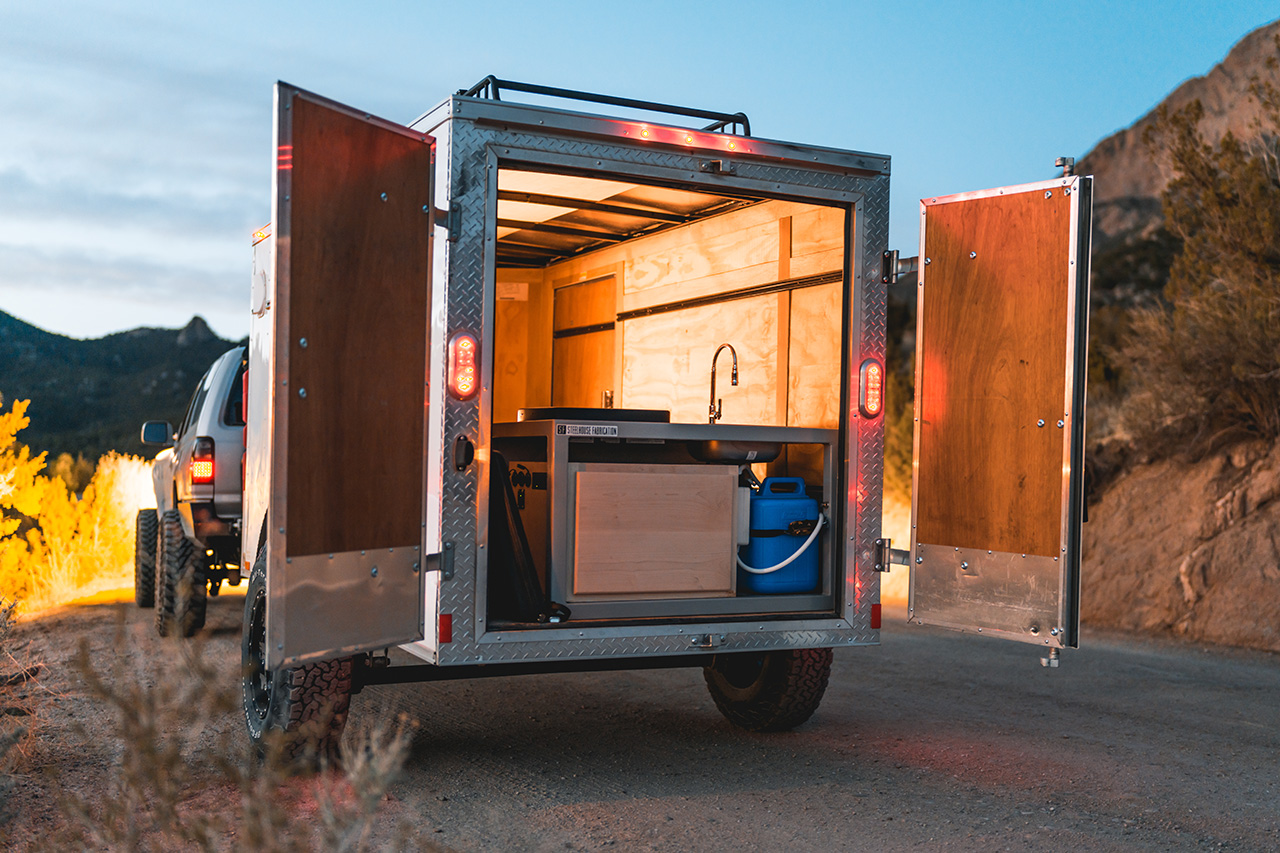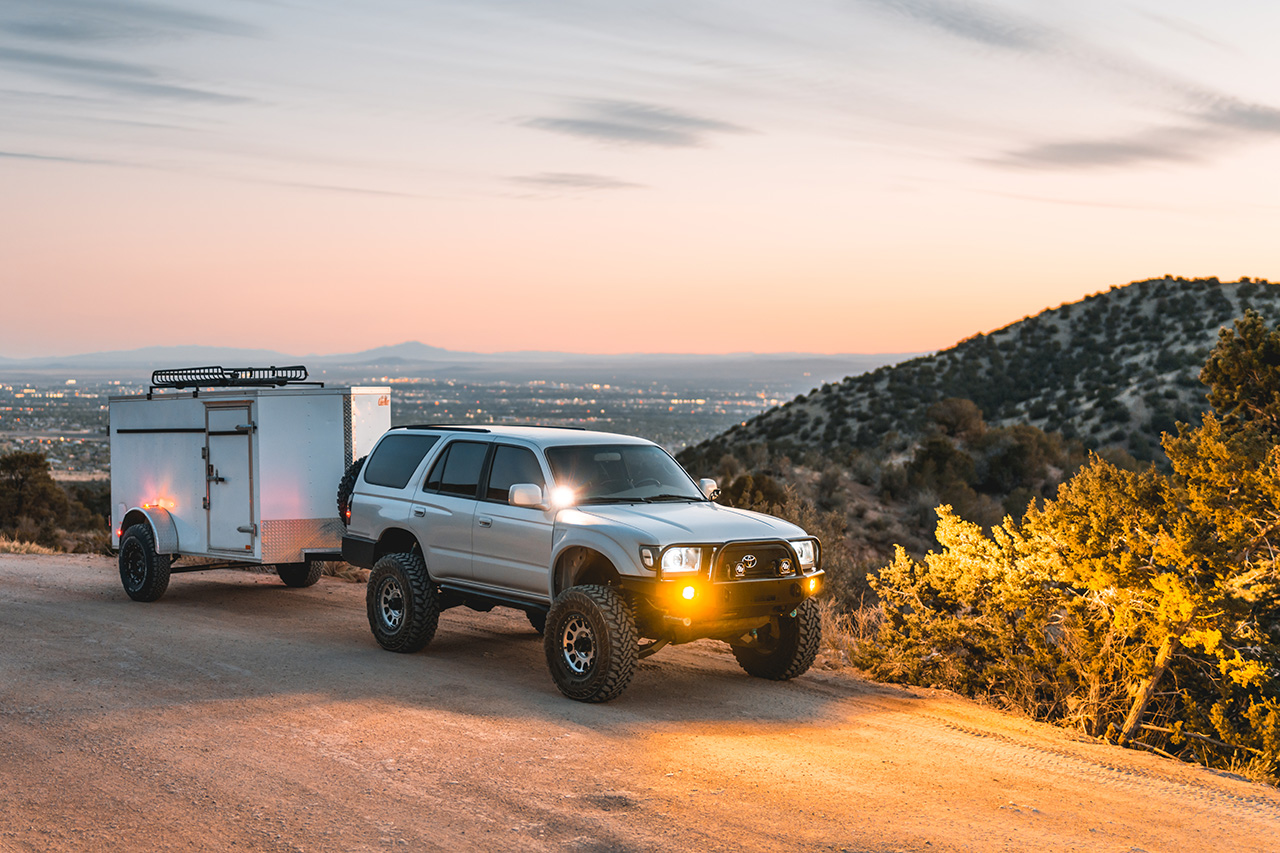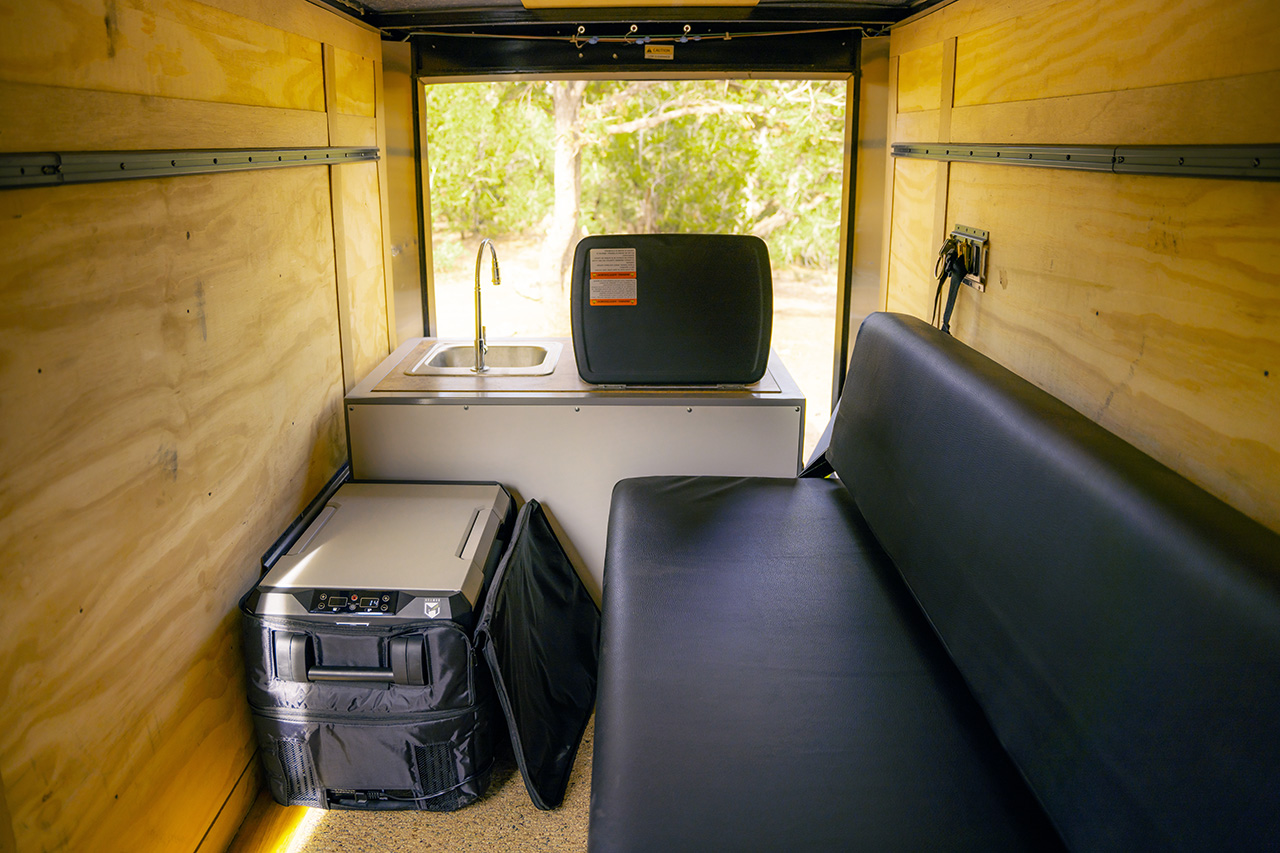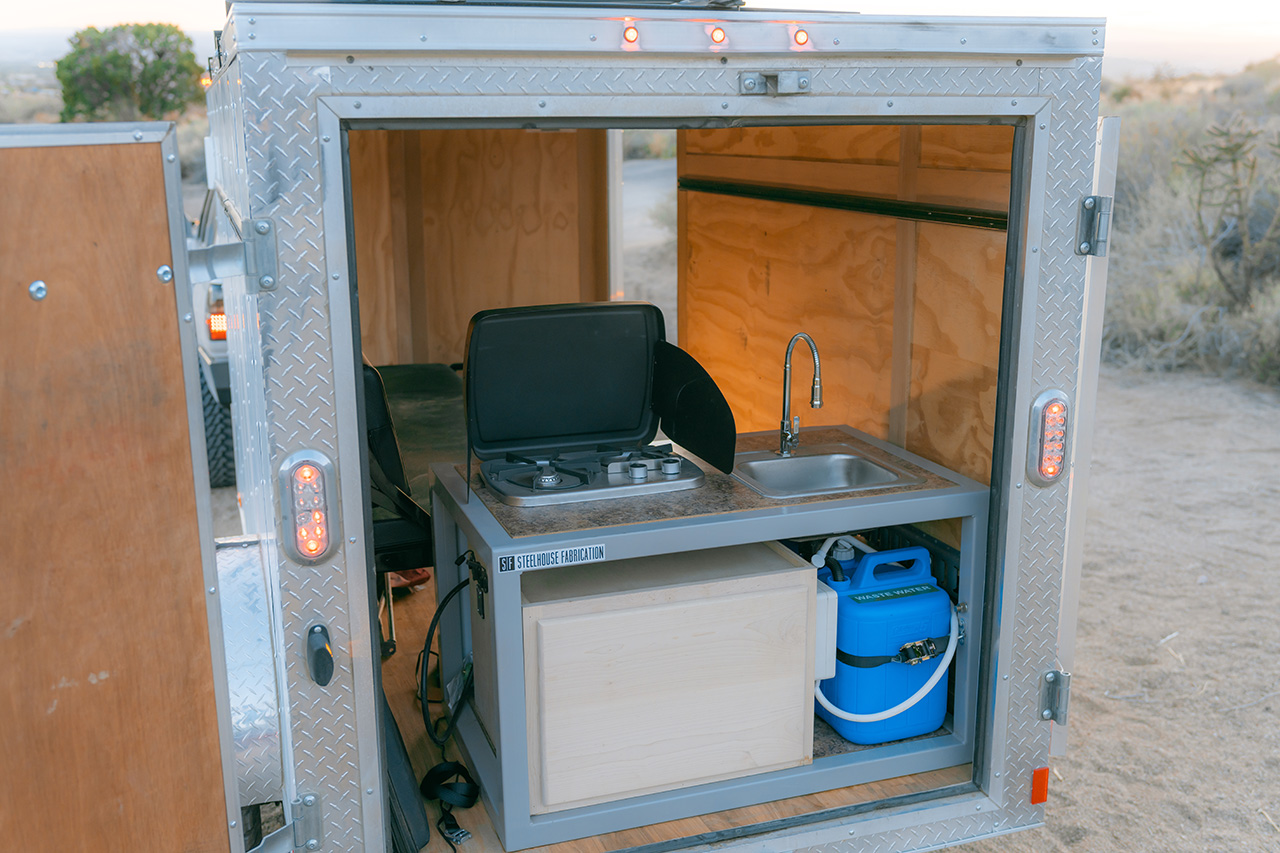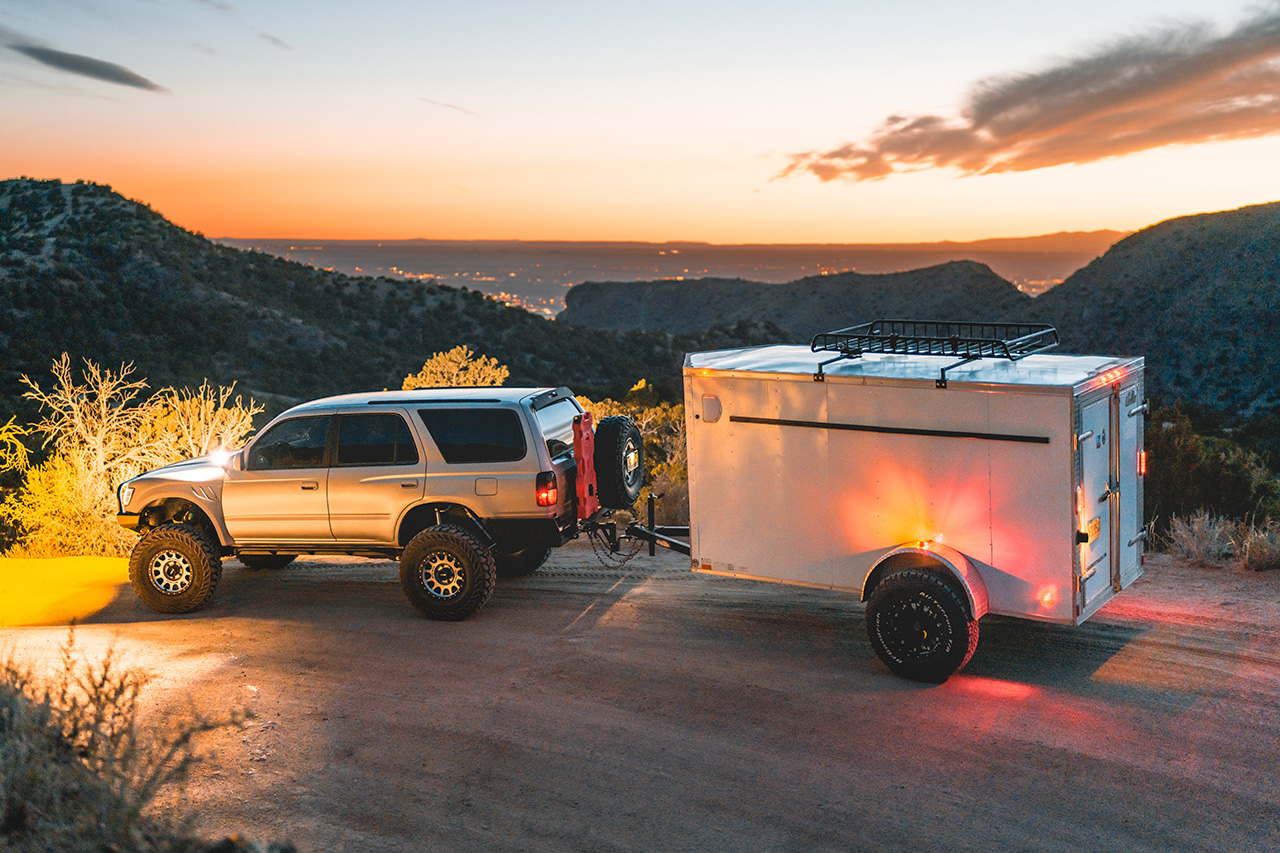In This Article
Throughout history, the archer has been treated as a superior warrior, as his considerable training, physical strength, and expertise at the efficient operation of a traditional bow and arrow began when he was young and lasted most of his career as a warrior. He was envied, lionized, and celebrated by many ancient cultures — not just anyone could be an archer. Then, there’s the crossbow.
Developed much later than the bow and arrow — around the 7th century B.C. in China — and “rediscovered” by Western cultures 300 years later, the handheld crossbow technology derived from the gastraphetes, a “belly shooter” used by the Greeks. Instead of the string being pulled back like later medieval crossbows, a mechanism was pushed down by the weight of the user’s body. This and later crossbows outpaced the bow and arrow as a formidable weapon because it required very little training and less skill to operate. It meant that an average warrior could operate a crossbow efficiently and accurately compared to the highly trained archer.
Above: The Stinger II crossbow is a light and compact weapon that provides a lot of fun at the range as well as effectiveness in the field or in the home.
Photos by Natalie Price
The Steambow AR-6 Stinger II
Steambow is an Austrian company that formed from a group of enthusiastic crossbow shooters who had a desire to produce innovative crossbows for like-minded shooters. They partnered with various companies in the automotive, aerospace, and weapons industry to help with the design and manufacture, and from the efforts of a team of engineers and testers, it took two years to perfect the AR-6 Stinger II. It’s an ultralight repeating pistol-style crossbow with a quick rate of fire, a comfortable and adjustable stock, and a host of accessories to aid in shooting and increase individuality.
The weapon arrives in a box unassembled, and although some might see that as a chore, we see it as an opportunity to explore the functions of the parts that make up a crossbow. Putting it together helps you better understand the mechanical elements in their parts of the whole. Pulling it from its Styrofoam packaging, the carbon fiber and glass laminate limb feels smooth and strong. The parts fit without any guesses, and the whole thing can be assembled easily. The tools (Allen wrench, screws, and nuts) are supplied. One drawback is that the instructions don’t include a sketch, showing the various parts and terminology, which would be helpful to a novice.
Above: Many of the components are hardened plastic, including the trigger, although there’s a thin rubber coating on the grip that makes it more comfortable.
It came with two strings (one is a spare) and a stringing aid to install them. The magazine, foregrip, and rifle stock came together easily, but we didn’t initially notice the optional laser sight (sold separately). It required pulling apart the deck, which meant taking apart the entire thing, so we skipped it. Our experience with the crossbow didn’t rely on the accuracy of the laser but the quality of the weapon itself.
Steambow AR-6 Stinger II
MSRP: $280
URL: steambow.at
Crossbow Pros and Cons
One of the largest advantages of a crossbow over other arrow-based weapons is that once the crossbow is cocked with a bolt at the ready, it requires no further energy from the user to maintain the readiness of the weapon. A longbow can have a draw weight of about 50 to 80 pounds, which must be maintained throughout the aiming and firing process, whereas a crossbow can have a much higher draw weight — up to 200 pounds — giving it a higher velocity. This is especially good for people with disabilities or young shooters who don’t have a great deal of upper arm strength. With a mechanical draw and a locked-in string, all one needs to do is pull the trigger.
Above: The adjustable stock allows for different-sized people to get the most out of the Stinger II, while removing it altogether provides a more compact configuration.
Crossbows are versatile and very accurate. They can be combined with telescopic sights and laser sights for additional ease of use; not to mention the rifle stock adds to the stability of the weapon when aiming. One can use a crossbow in any position, as opposed to merely standing or kneeling with a standard bow.
As a trade-off for these benefits, crossbows are heavy, since they need more engineering and material to handle the heavier weight of the draw string. Crossbows are bulkier, making them unwieldy in tight situations. This can hamper a quick draw.
Above: There are three options for bolts. Six blue training bolts are included (140 grain), but you can also purchase broadhead hunting bolts and black Bodkin bolts (160 grain).
They’re also noisy. The draw mechanism has a distinct clatter to it, and the initial pull of the trigger unleashes a sharp clank that can spook prey before the bolt has a chance to strike. In situations where stealth is a must, a crossbow will betray you.
If you got off a shot but missed, odds are good you’re not going to get another chance at it, since crossbows have a long reload time compared to traditional bows. With a traditional bow, a skilled archer can nock another arrow with one hand and without ever taking his aim away from the target. With a crossbow, however, the user must take down the weapon, load a bolt, pull back the string until it locks, and re-aim. This takes two hands and some time.
Above: We lost a couple of bolts during our range time, including one burying itself so deeply in the foam target that the head popped off, leaving us with an aluminum fletched straw.
At the Range
One of the benefits of the Stinger II is that it’s lightweight. Tipping the scales at a mere 2.6 pounds, it debunks the critics of crossbows who claim they’re usually overweight. Another advantage is that it’s easy to cock, and with a magazine filled with six bolts, you can easily have six steel-tipped daggers flying downrange in under 20 seconds.
Above: The bottom Picatinny rail can hold a variety of items. Unfortunately, it doesn’t do a very good job retaining the included foregrip.
One commonly held drawback to operating a crossbow is that the cocking mechanism is usually too tough for normal people who don’t have arms like Daryl from The Walking Dead. Usually, they employ a cocking tool that must be kept handy, or you must use your feet as an anchor. The Stinger II, however, employs an easy cocking method. After activating a thumb release lever at the front of the rifle stock, the whole unit can bend in half, forcing a pair of chrome arms to grab the string and pull it back into the retention notch just above the trigger. When this happens, a new bolt falls into place and is ready to fire. Aim, pull the trigger, skin it, and fire up the stove. It’s that easy, but it’s a strange motion that requires some practice to execute smoothly and quickly.
Above: The chrome arms are the business end of the cocking mechanism that grabs the string and pulls it back toward the retention notch.
There’s some give and take here, though. The limbs included in the example we reviewed came with 55 pounds of tension, so it didn’t require a great deal of strength to cock the crossbow. There’s a 90-pound option, which would be much more difficult to get the string into the retention notch. Steambow suggests that the 55-pound limbs produce a projectile speed of 180 feet per second, while the 90-pound limbs increase that velocity to 220 feet per second, an increase of about 18 percent.
Stay on Target
Above: Six bolts loaded and ready to go. If in all the excitement of the moment you lose count, a quick glance will reassure you of how many bolts remain.
With the standard limbs, we went to the range (aka the backyard) to test the accuracy and penetration of the Stinger II. Steambow supplied a couple dozen bolts (target, broadheads, and Bodkins). The kit came with a foam target about 20 inches square that we set “down range” approximately 50 feet away.
Starting closer, at 20 feet, hitting the target was absolutely no problem. After dialing in the sight and adjusting our shooting style to the slightly jerky trigger, we were able to achieve a nice grouping, as each bolt buried itself about halfway into the target. Pushing back to the 50-foot line, our groupings became haphazard and the drop rate increased significantly.
Above: The fiber-optic front sight can be supplemented with many options: a laser sight that incorporates into the body of the crossbow, a red dot sight, and/or a scope (which is probably overkill).
Since the speed of the bolt is only about 180 feet per second, we lost about 12 inches of drop by the time the bolt reached the 50-foot target. So, you’ll struggle to maintain a solid grouping at this distance. That doesn’t mean we didn’t penetrate what we were shooting at. For example, at 75 feet, a bolt missed the target completely (we tried hip firing with not such great results) and bored itself into the sod behind the target at such a depth that the bolt has yet to be found. The rest of the rounds easily penetrated the dense foam target.
Above: Made from hard plastic, the buttstock is comfortable and thanks to the textured surface, won’t ever slip off your shoulder. However, since there’s zero recoil from this crossbow and it’s so light, we were never concerned about slippage.
One issue we struggled with was getting an accurate aim by using the fiber-optic front sight with the push tab for the magazine release button, which seems clumsy. The body of the crossbow also tends to block a lot of the target before the user can get a solid view. It could be argued that mounting a red dot (Steambow sells one as an option) would increase one’s view of the target, but at an advanced range, would it make you more accurate? Perhaps not.
Thanks to the slow speed, you can watch the bolt’s trajectory as it hits the target. The more we shot, the easier and more natural the cocking mechanism became, to the point where it started to flow into a natural movement.
Above: This tab releases the magazine cover for reloading, and doubles as the rear sight.
Concerns
Overall, this is a formidable weapon. Its unique design is easy to use, has virtually zero maintenance, and is so simple it can be mastered by anyone. However, there were a couple of concerns. Although it’s lightweight, some of the components feel cheaply made and poorly attached. This leads to the weapon rattling when moved, and that can lead to unneeded noise when trying to get the jump on some nervous prey.
Above: Your groupings may vary depending on distance, skill, patience, and reloading speed. This was at 50 feet.
The foregrip is made of a hardened plastic and instead of it being attached to the bottom Picatinny rail with a horizontal retaining screw — as accessories usually are — a plastic “screw” (more of a nub) is tightened from the bottom of the grip and pushed in between the rail slots. Since this piece is fairly integral in the cocking process (it provides a great deal of leverage), having it attached this way is disconcerting. Without it, cocking the weapon becomes very difficult, so tightening it down sufficiently is important.
Above: A bolt inside the magazine rides on top of the string while it’s pulled back into place before firing. One fiddly thing we noticed is that sometimes the fletching of the first bolt dropped in will face down, impeding the string, until we reach in to straighten it.
Wrapping Up
Above: Shooting the crossbow is as easy as shooting any other shouldered weapon thanks to the AR-style buttstock and foregrip.
The press release that came with the crossbow claimed this is an ideal tool for home defense, pest control, and small game hunting. We’re not sure how effective it would be for home defense; although we can’t imagine a bolt having the same effectiveness as a 12-gauge, I’m sure a couple, correctly placed into vital organs, would permanently dissuade any would-be burglar. As for a rat invading your attic or a rabbit needed for the next meal, there’s no doubt the Stinger II would knock it off its feet at 50 feet or so.
Since it’s lightweight and easy for anyone to use — even with very little prior knowledge of weapons beyond a quick safety lesson — the Stinger II is a great weapon to keep handy and is a delightfully fun shooter as well.

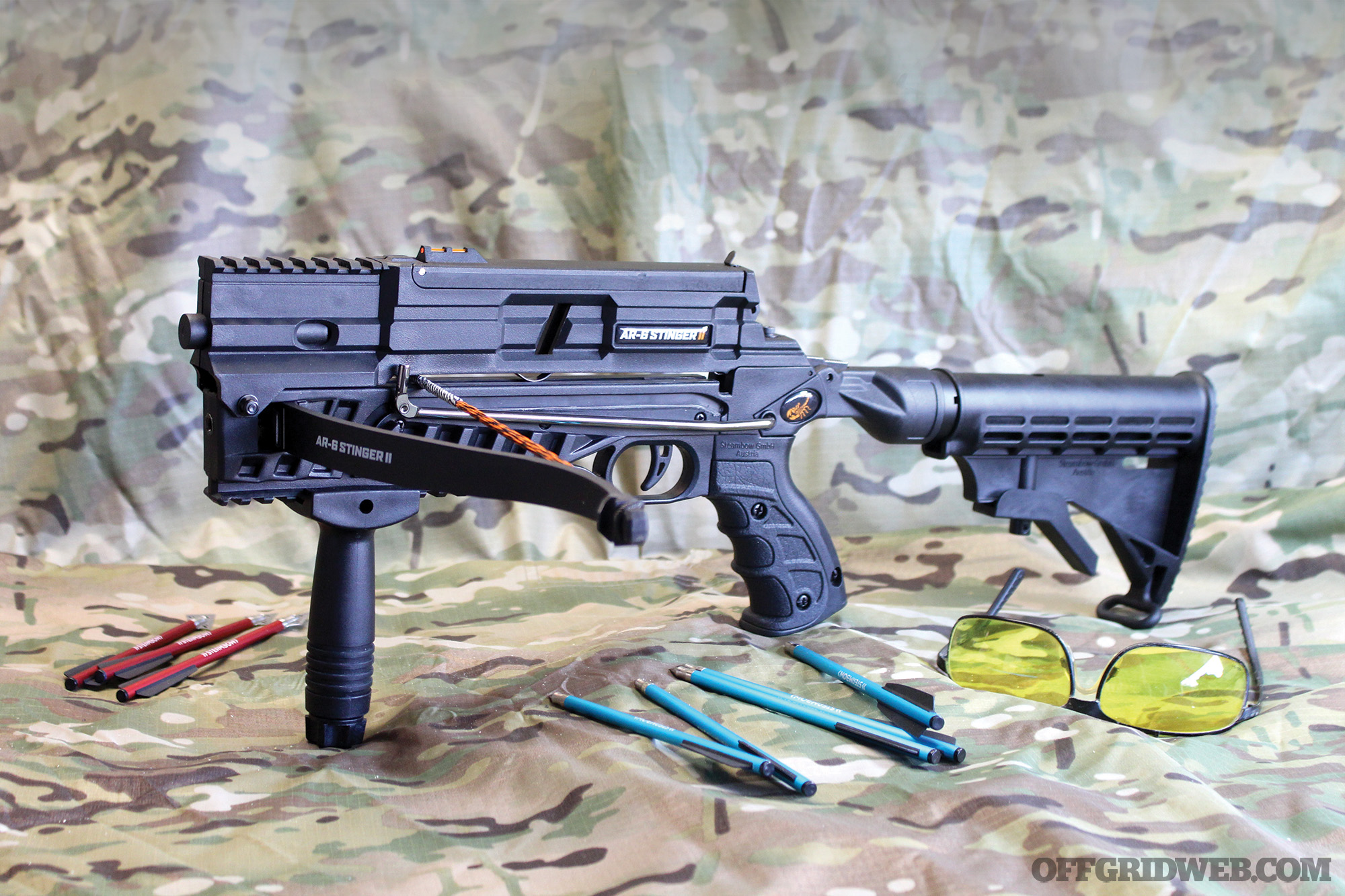
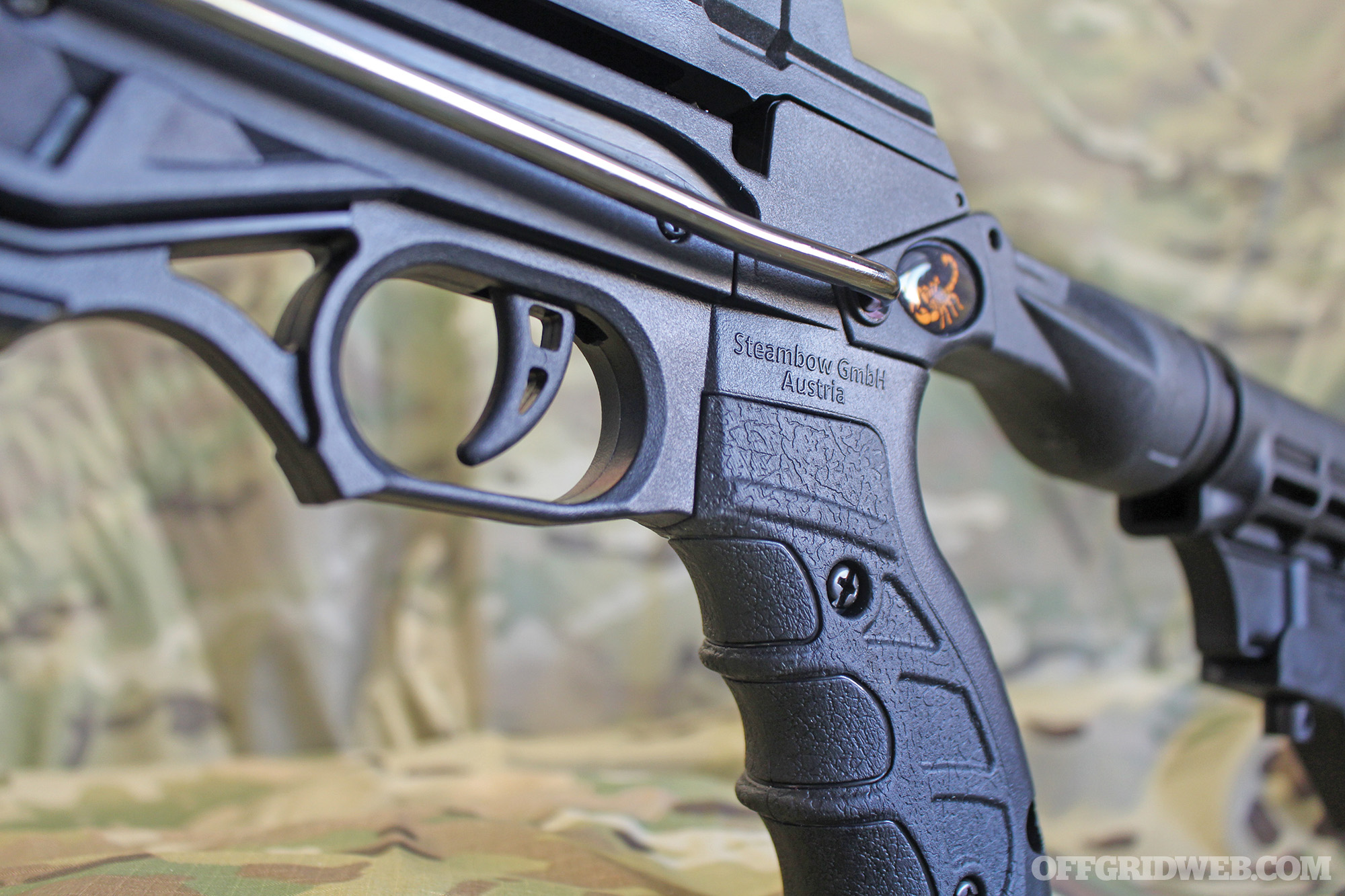
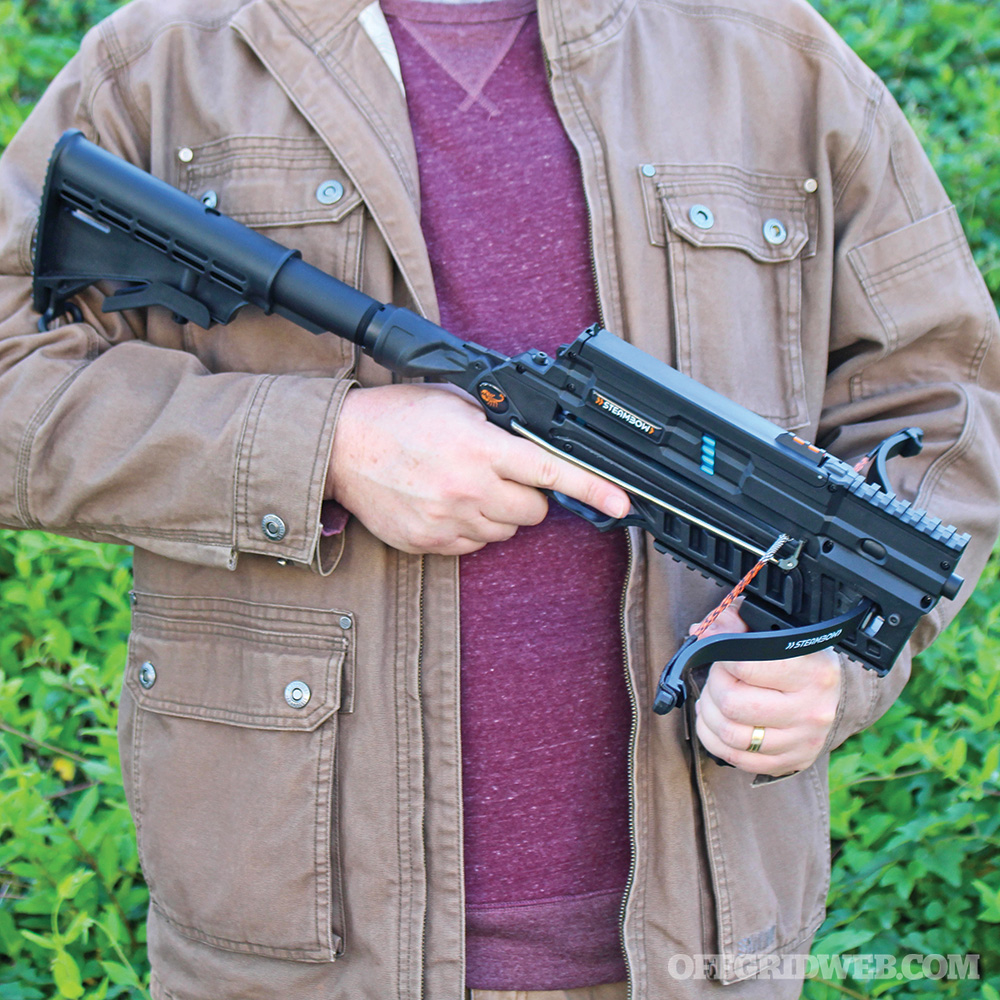


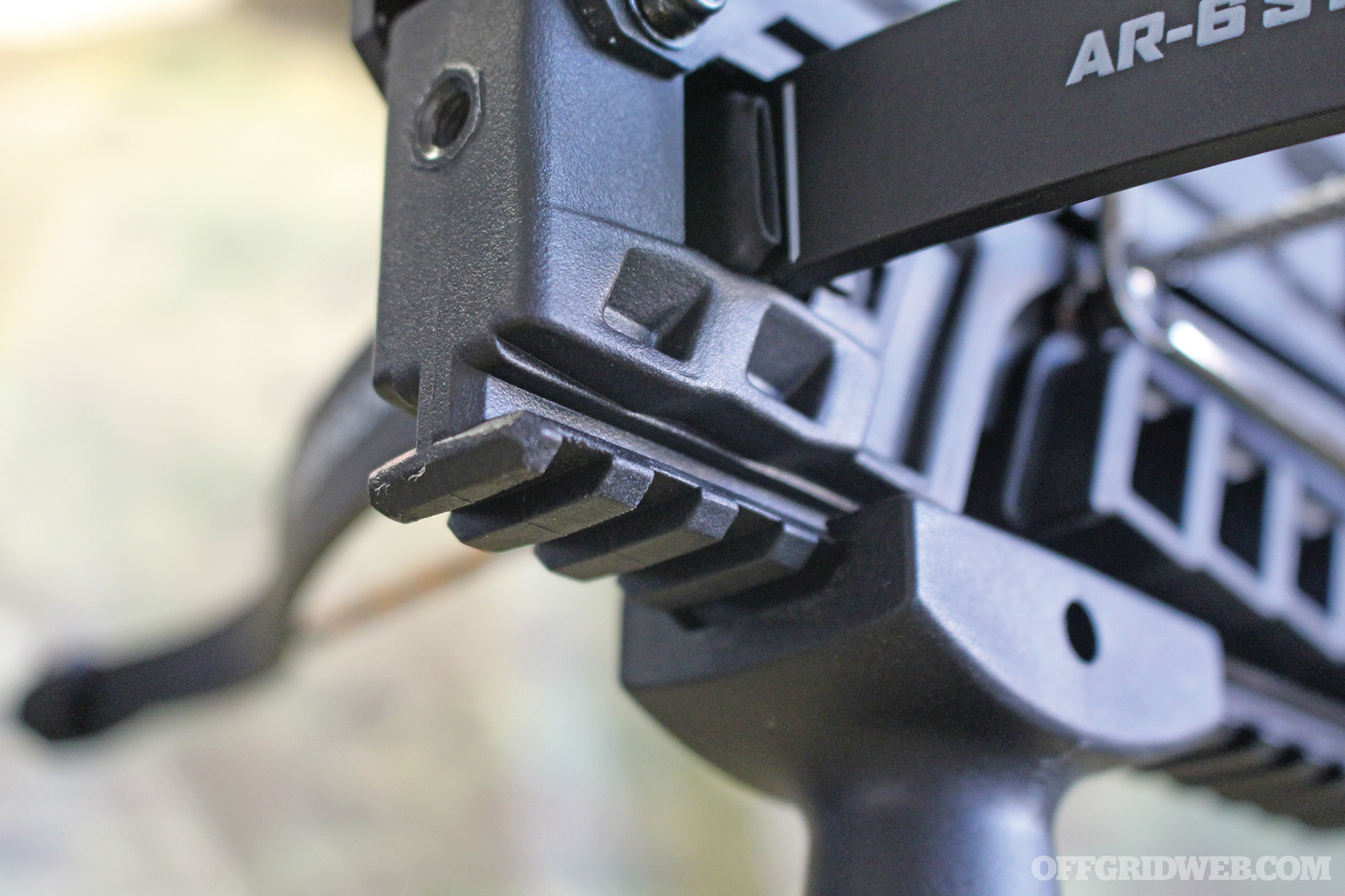
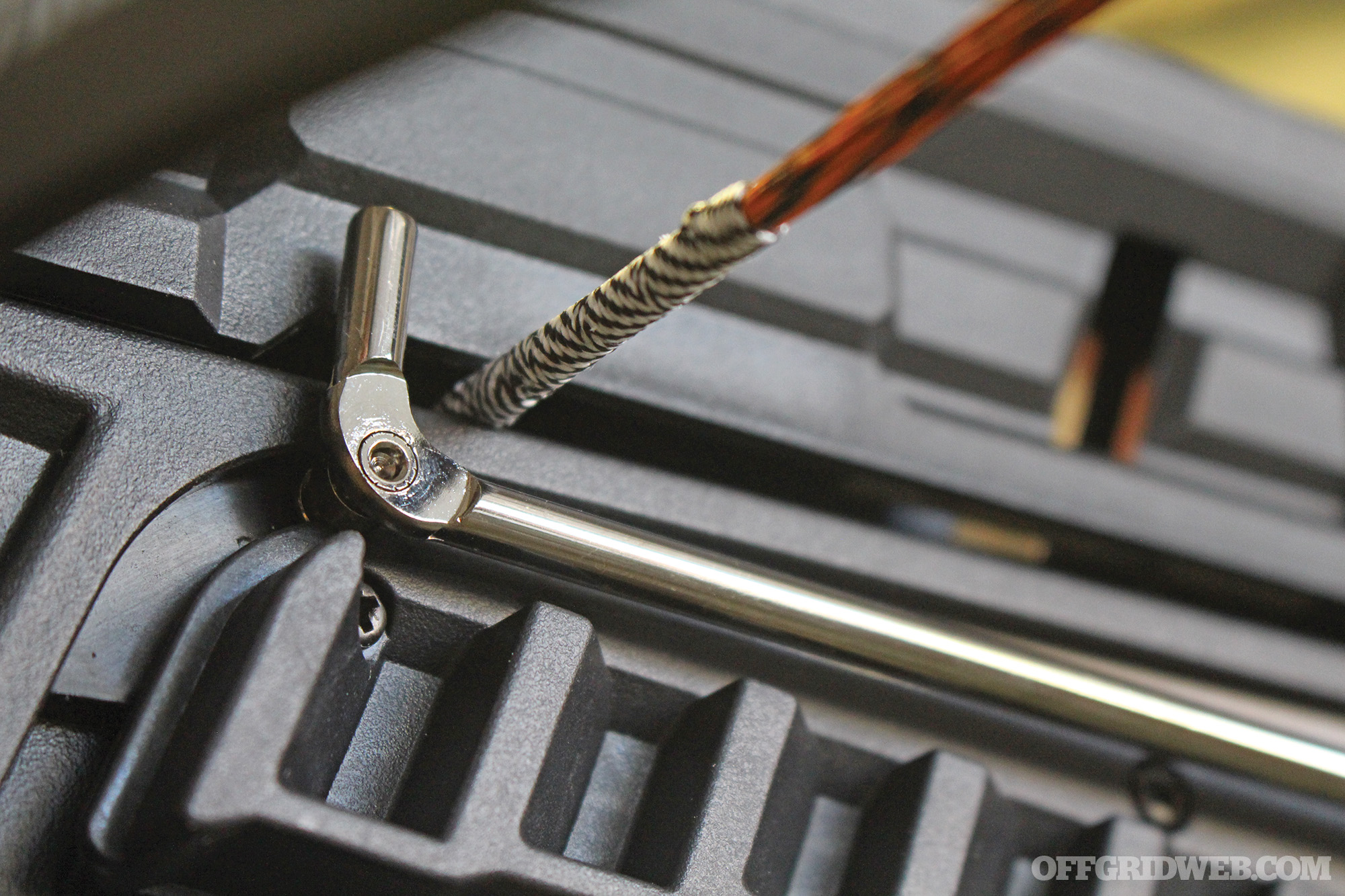
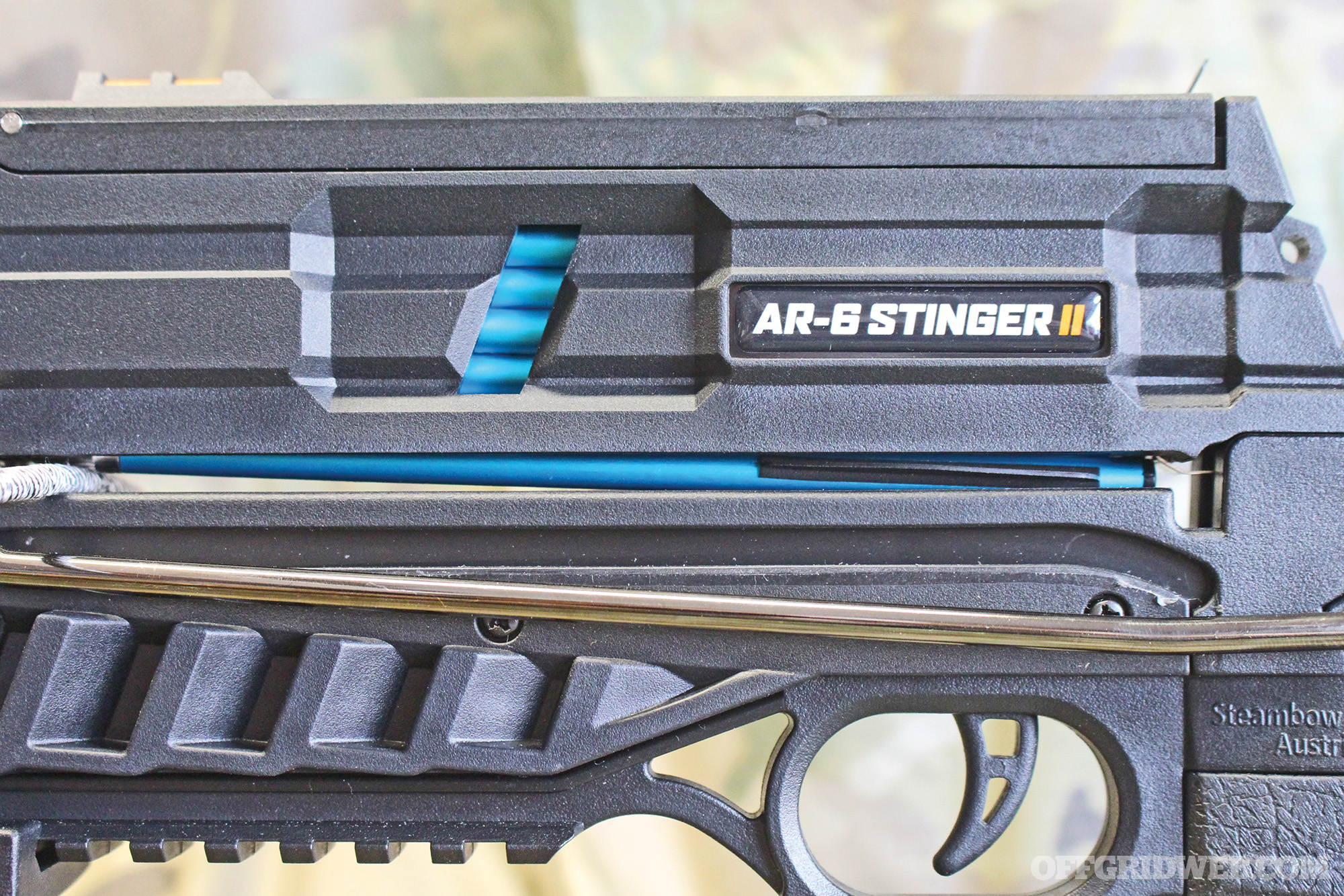
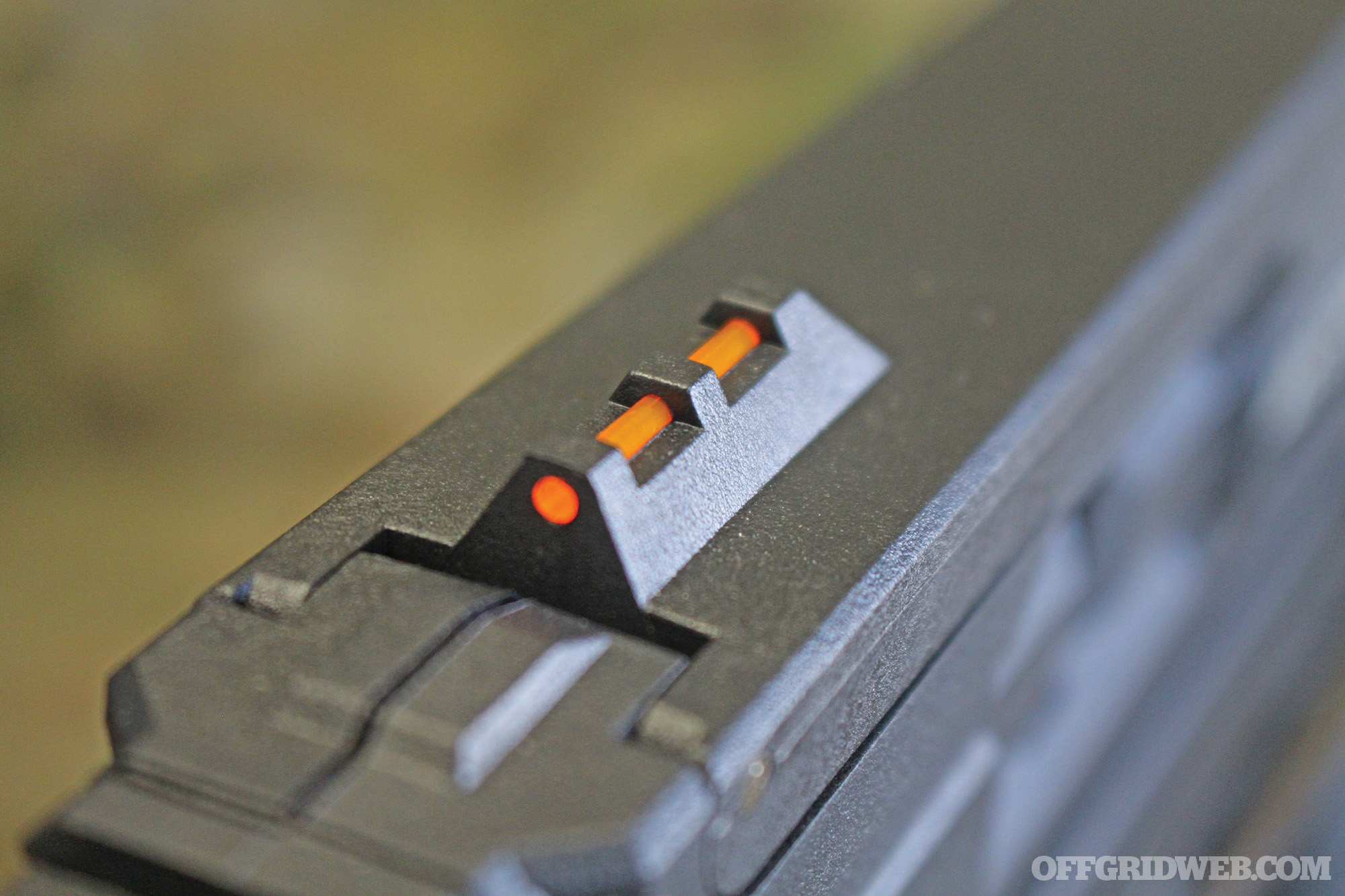
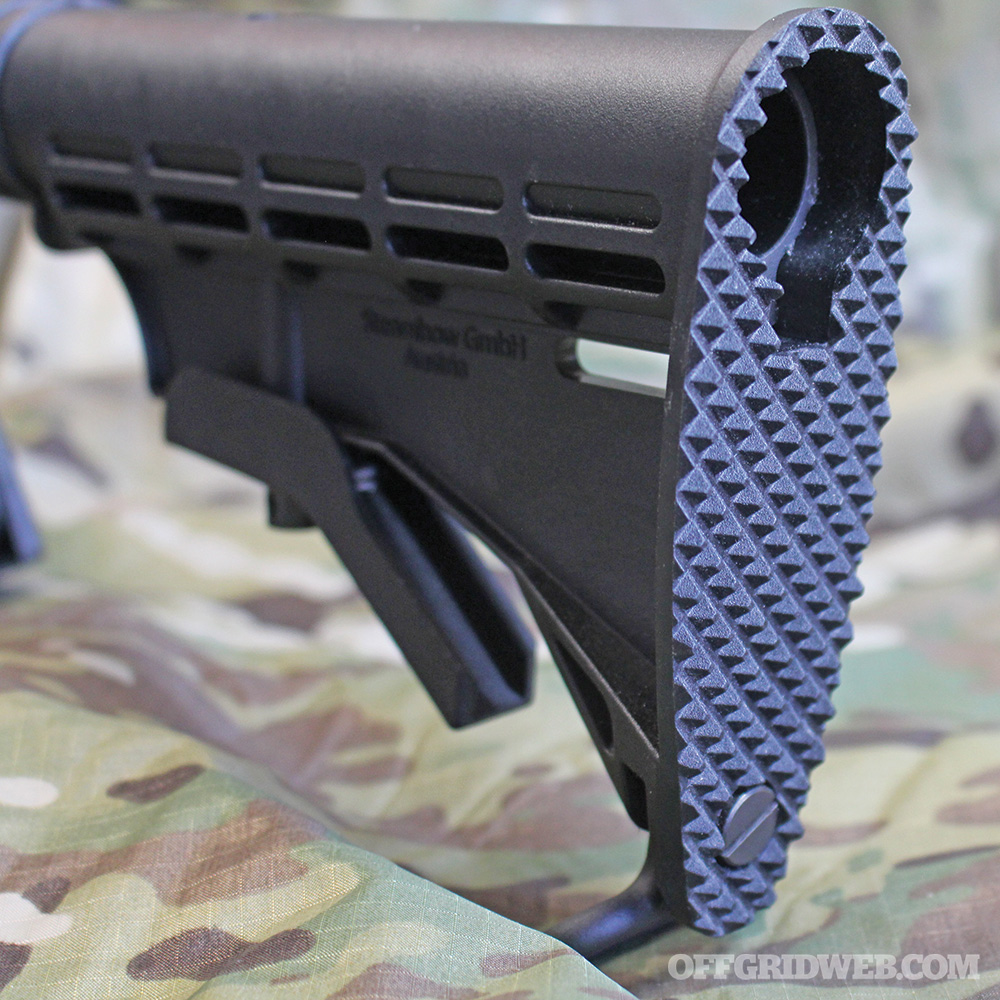
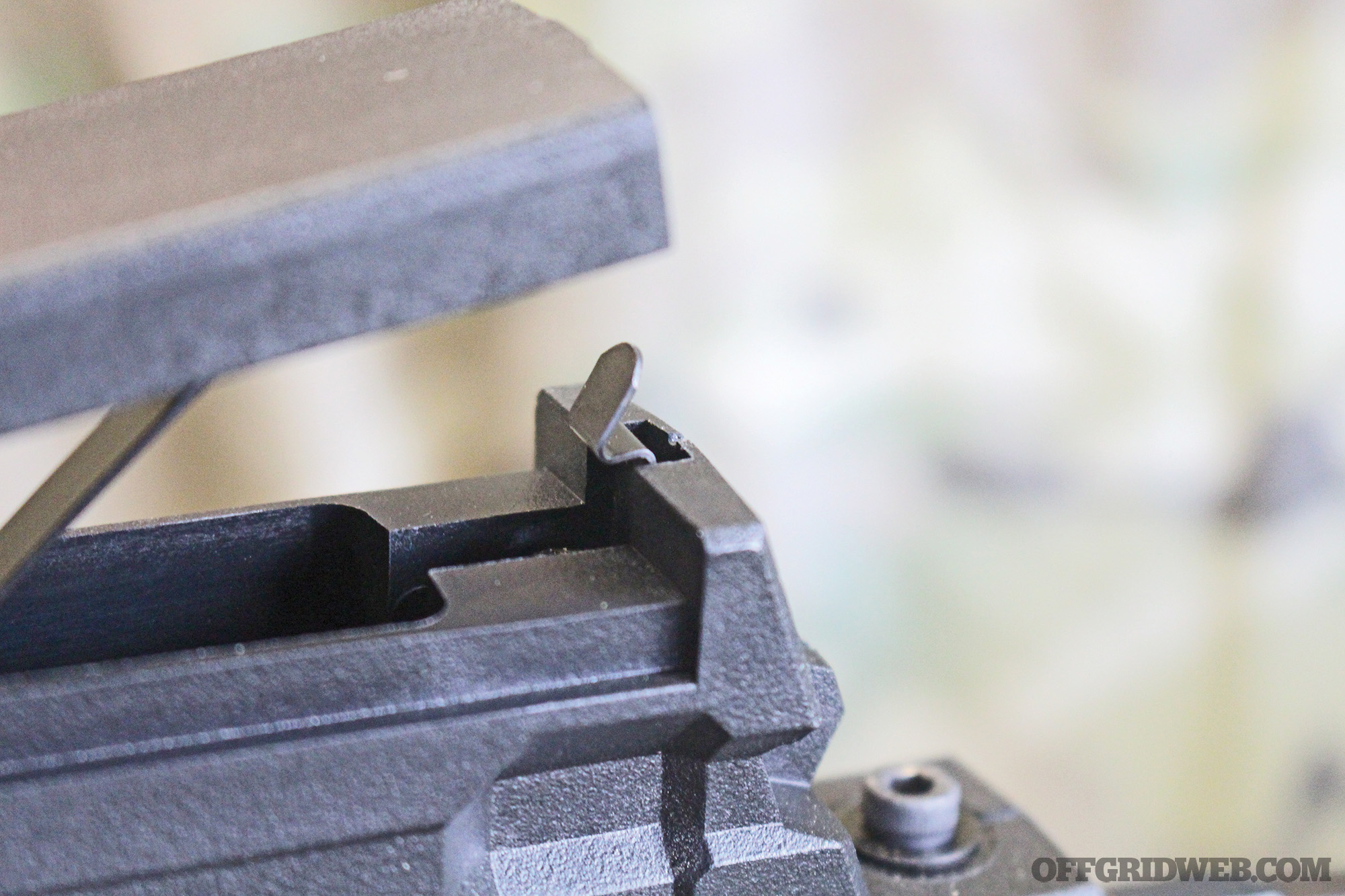
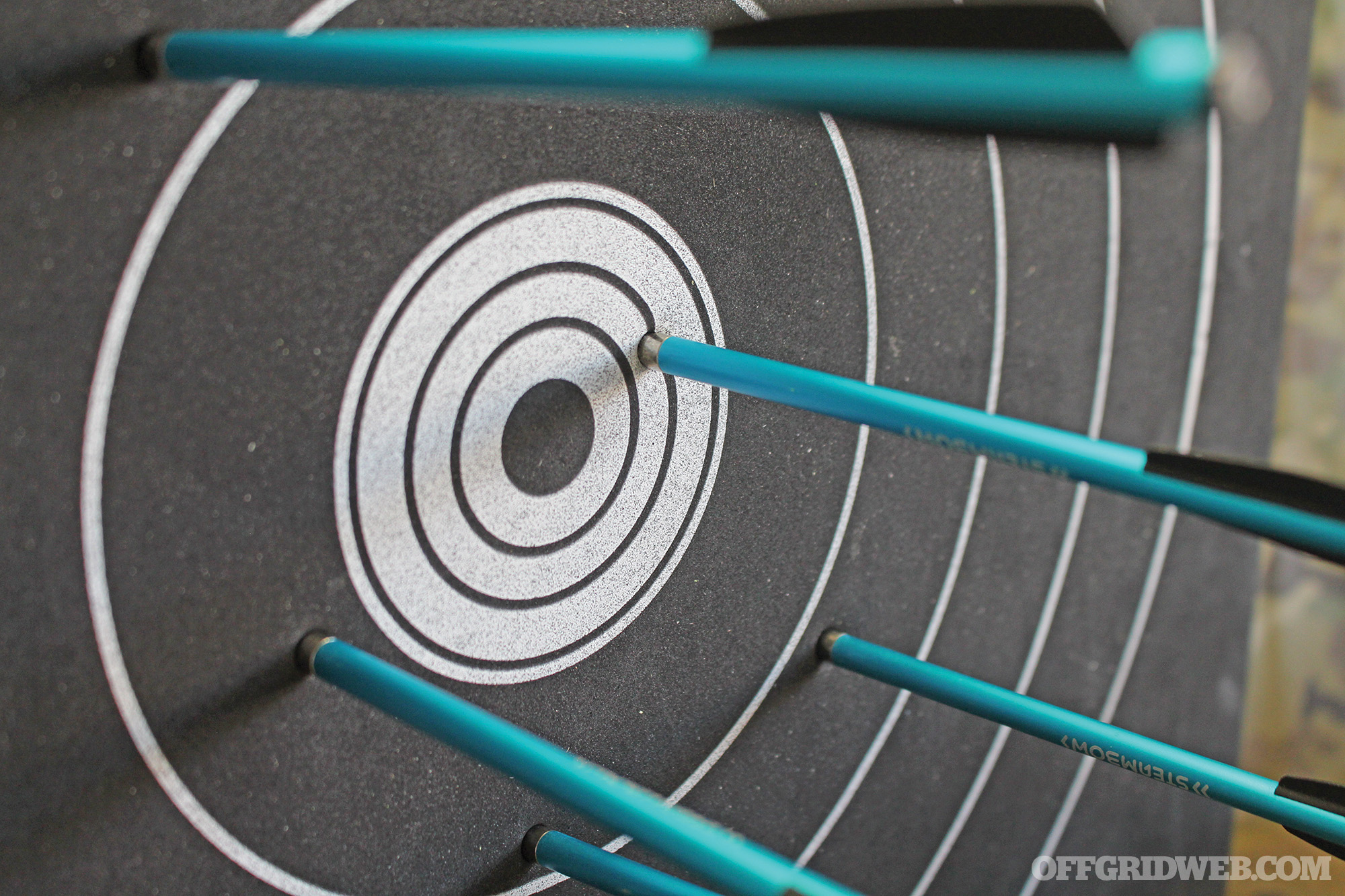
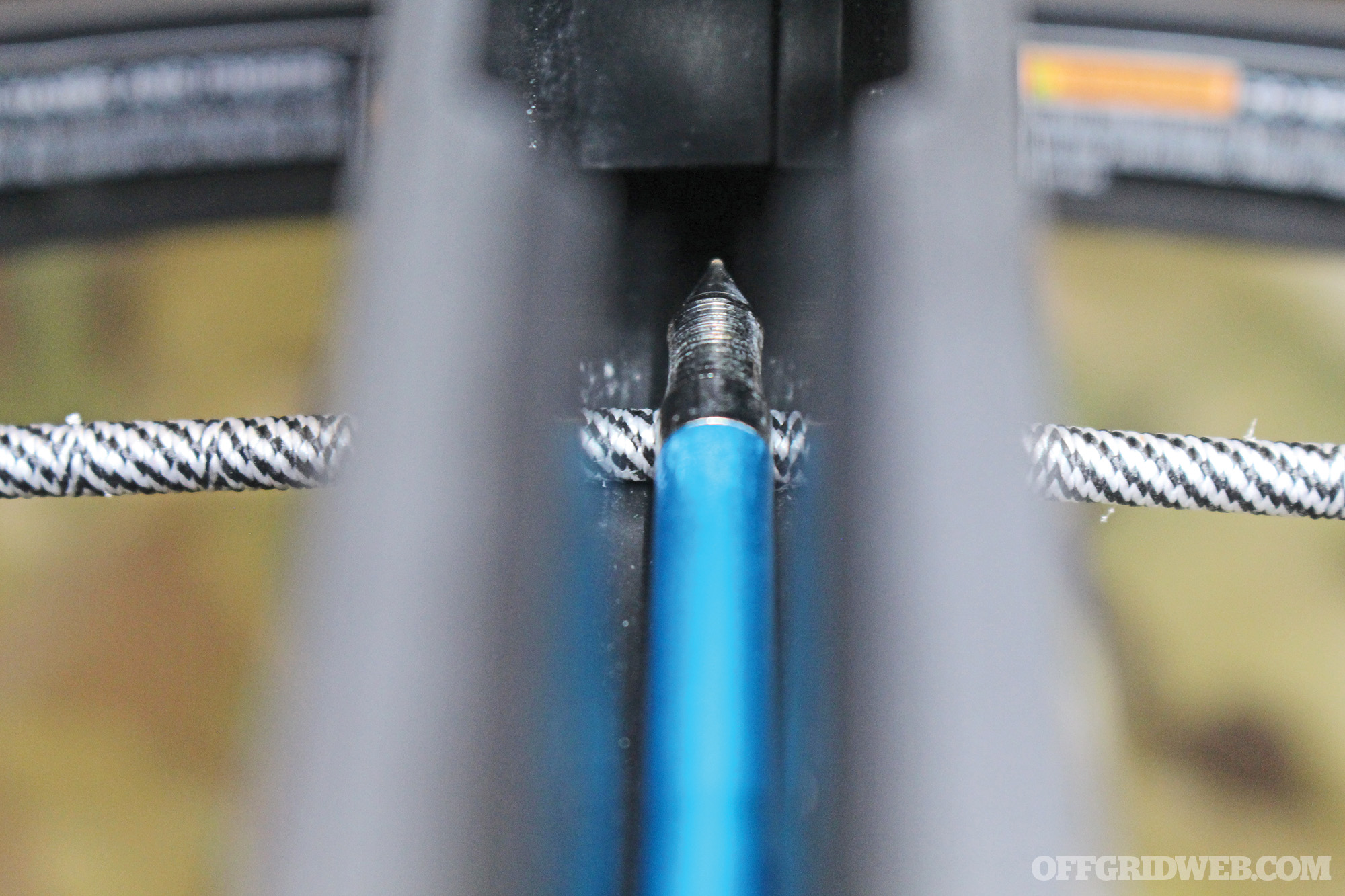
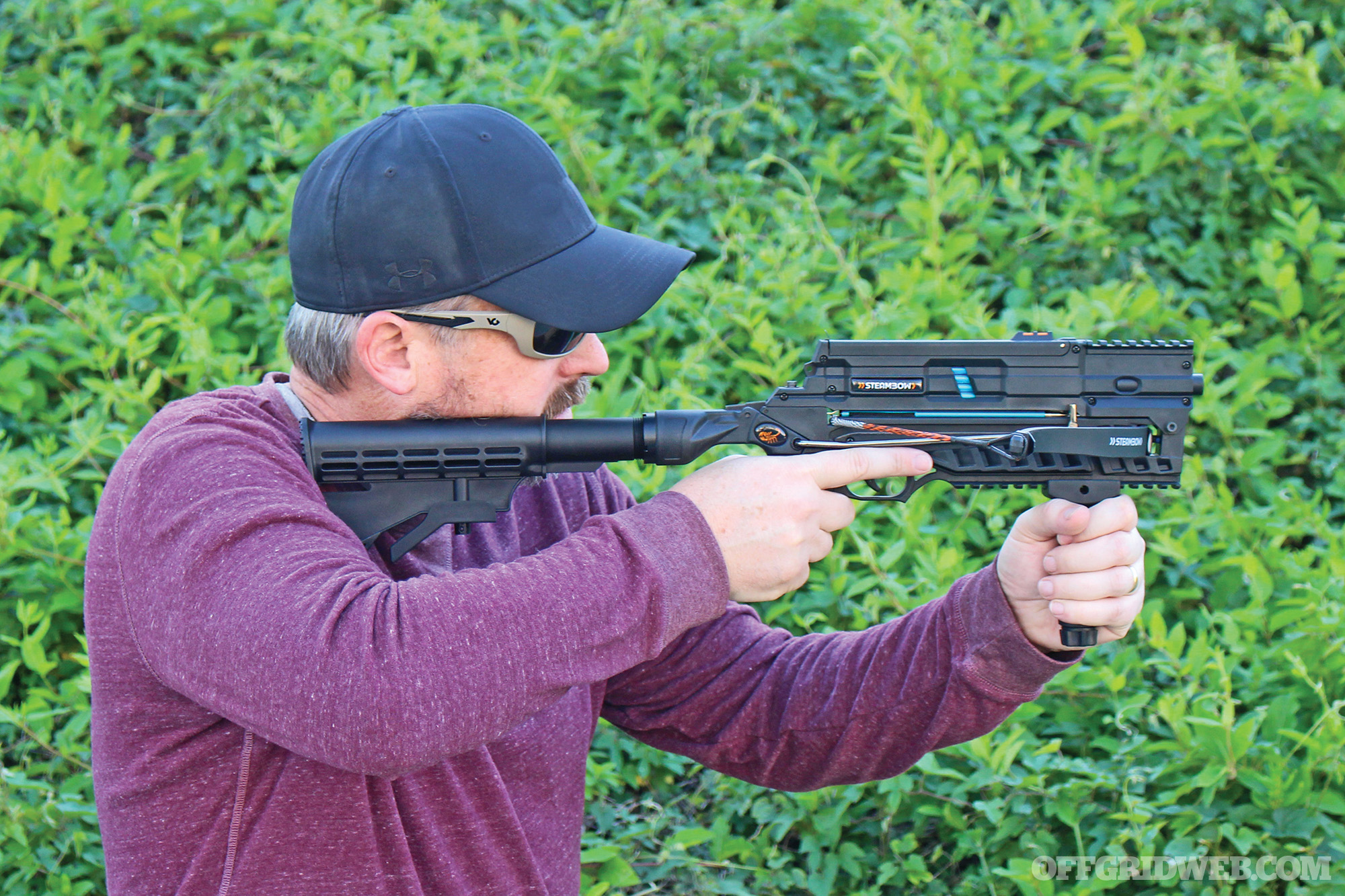






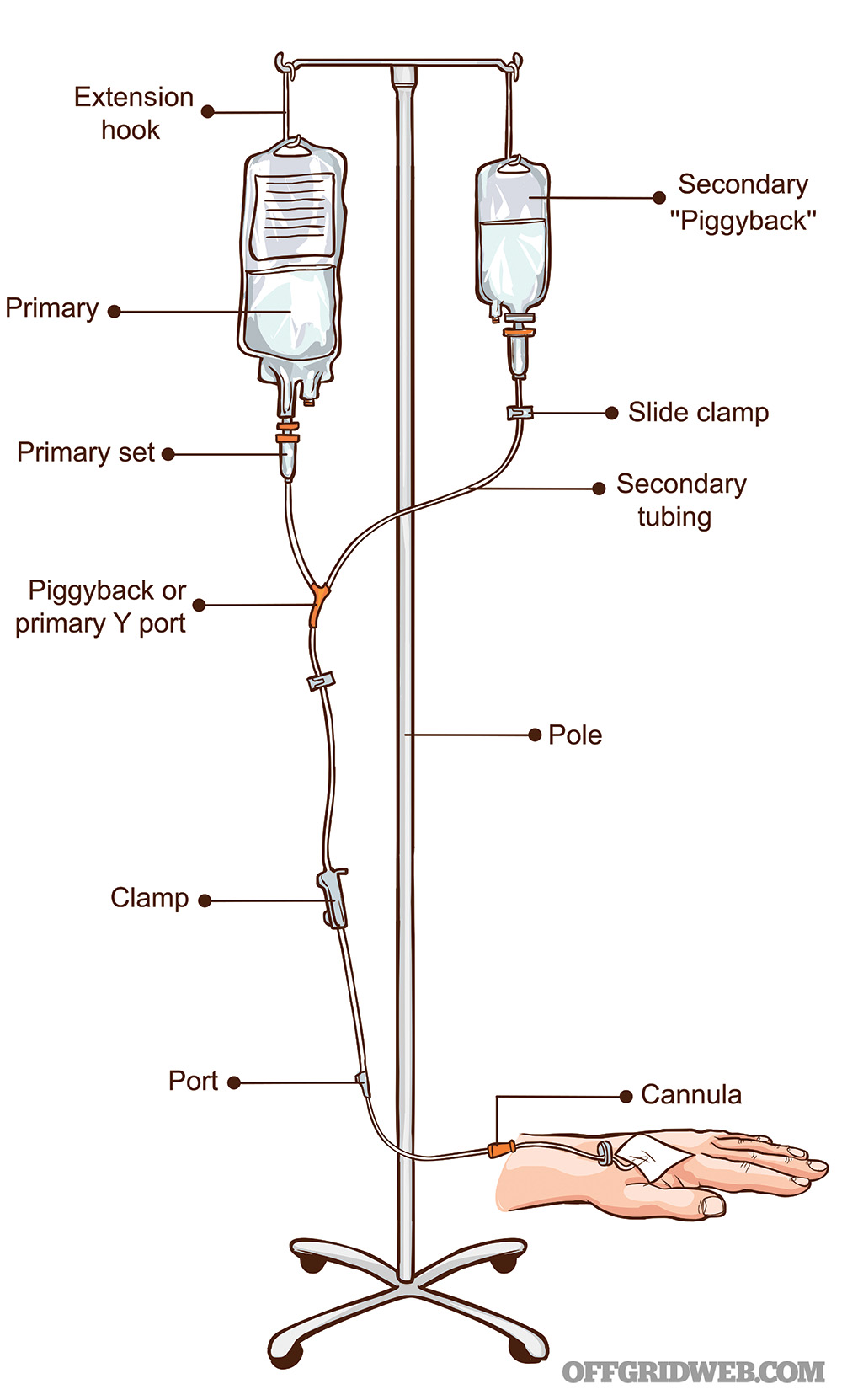
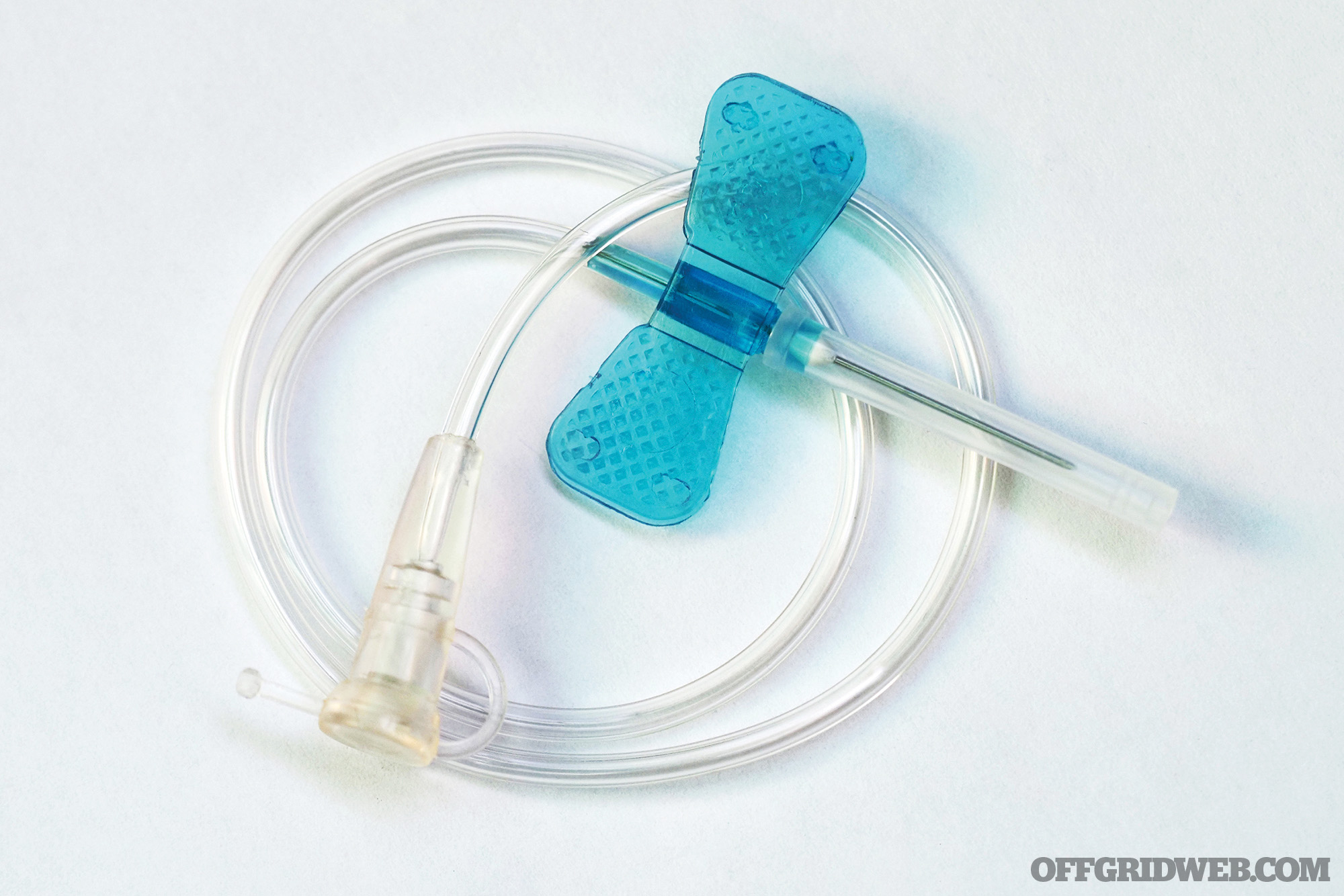
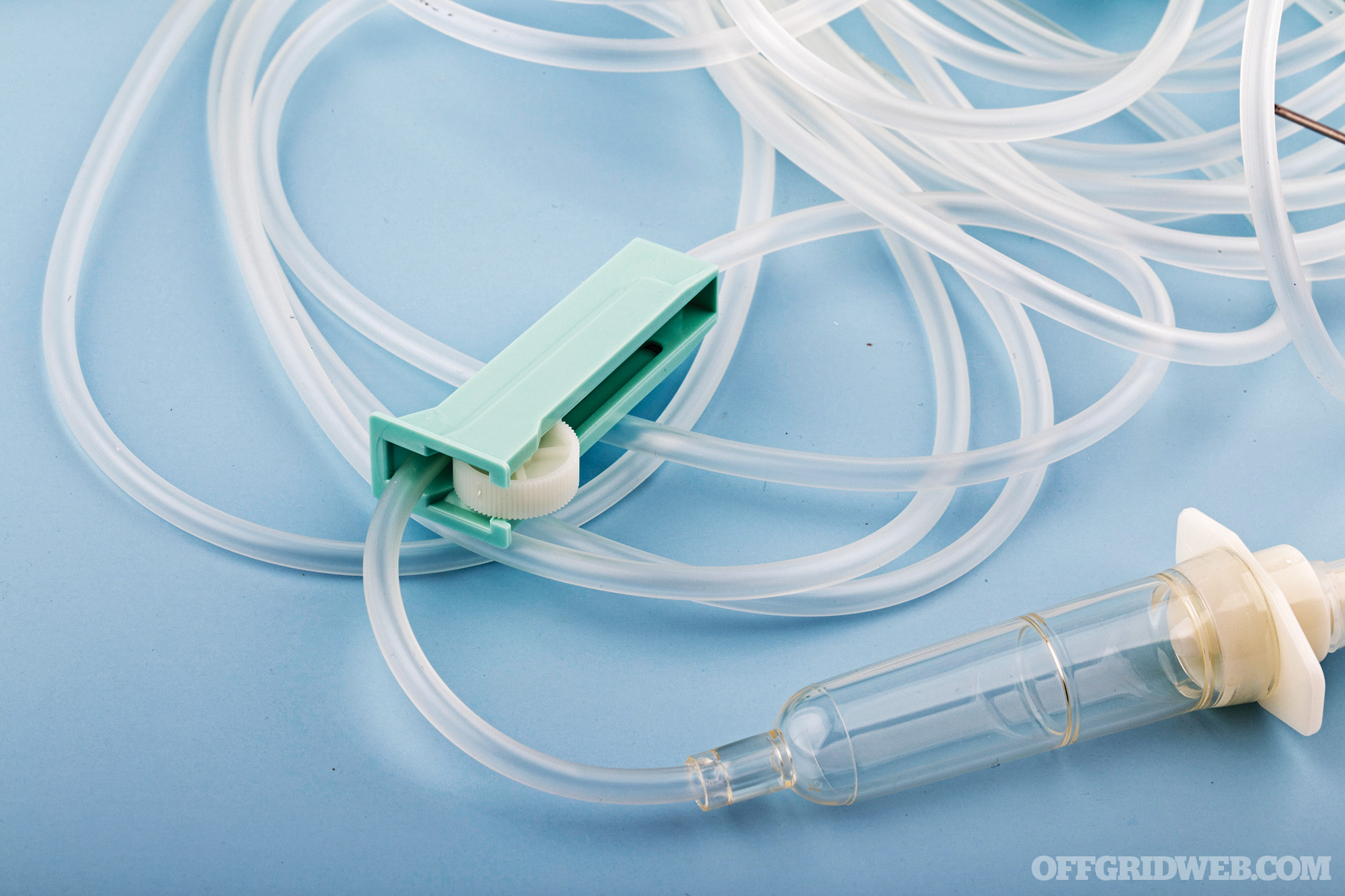


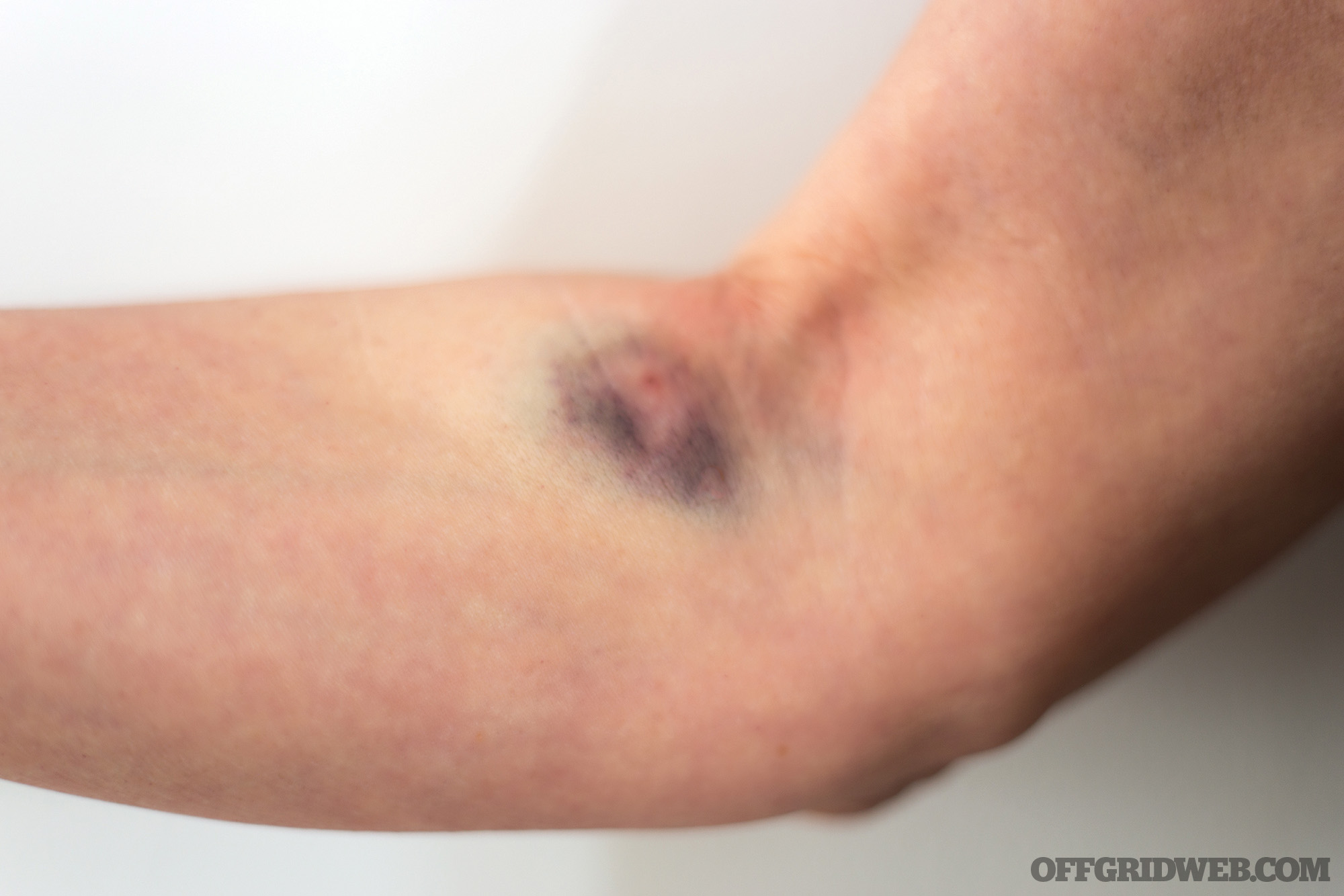


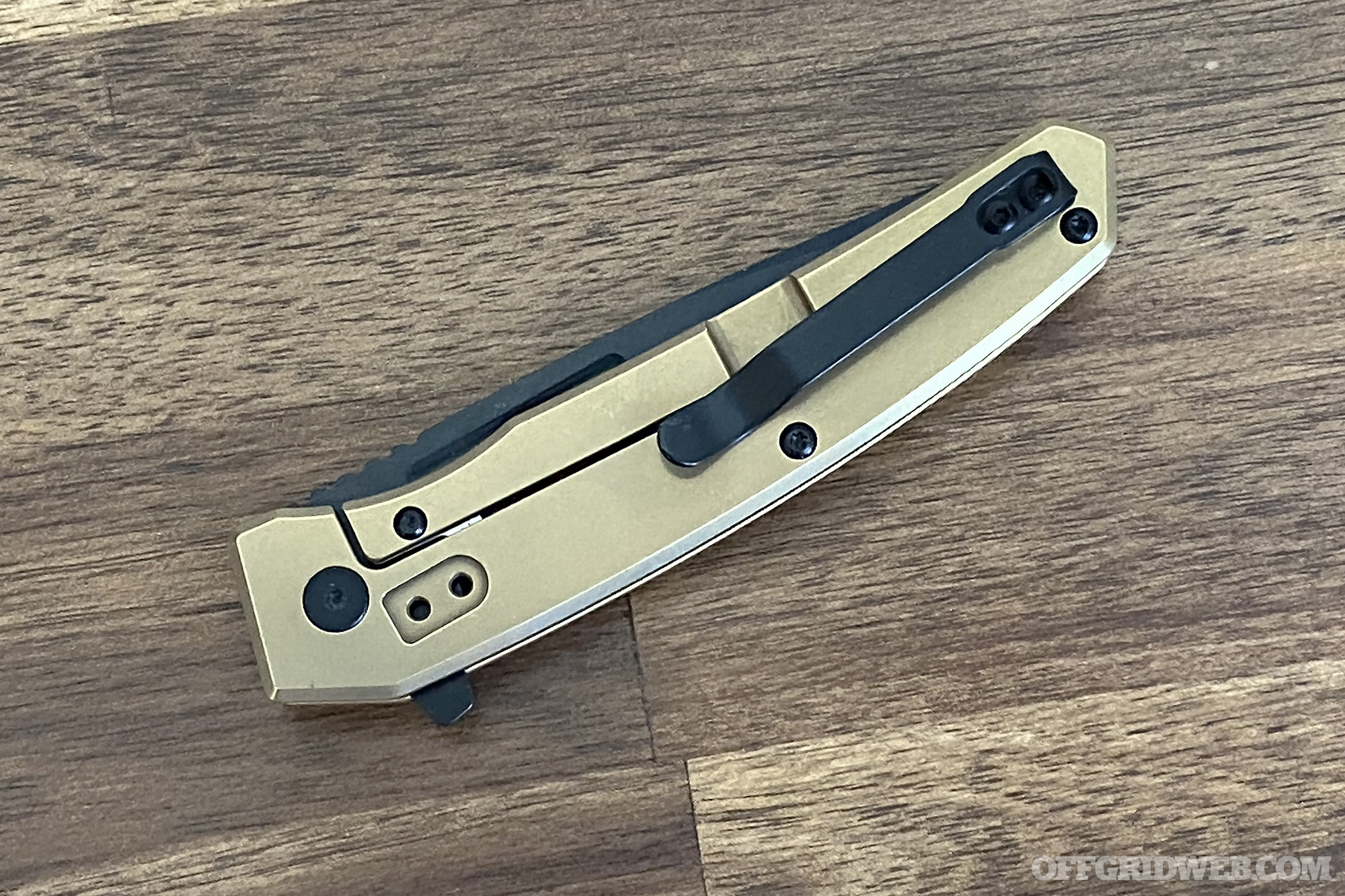
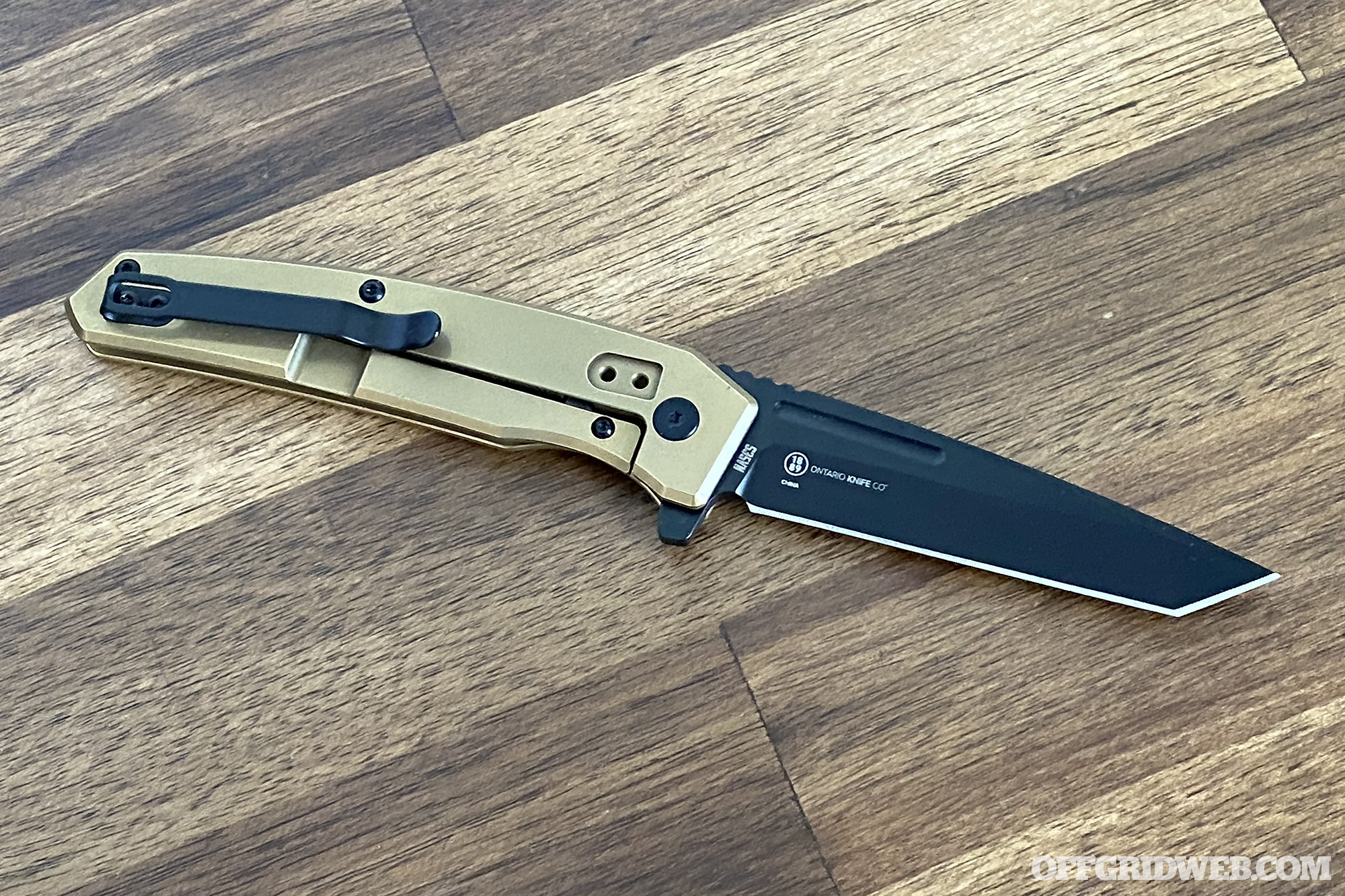
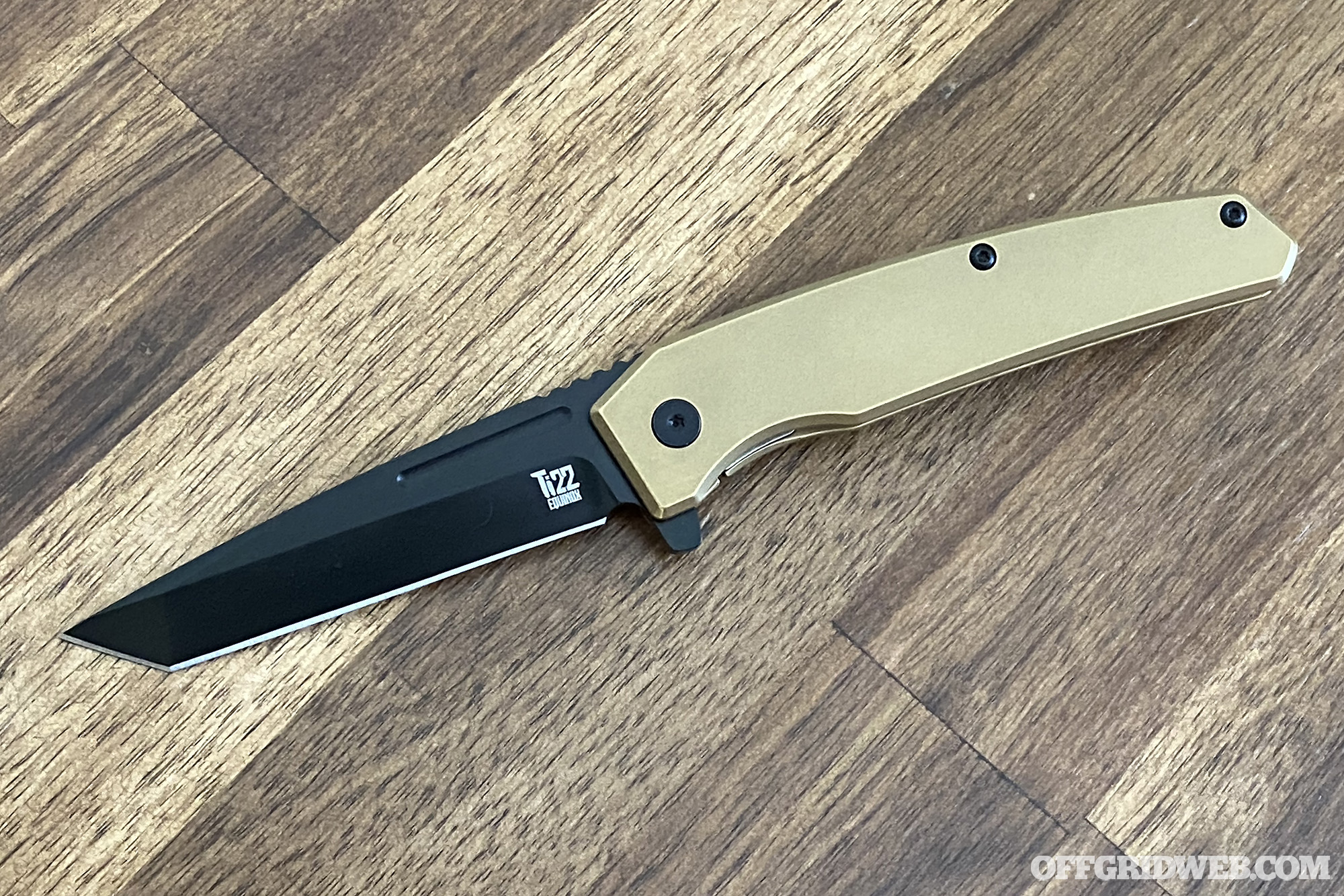



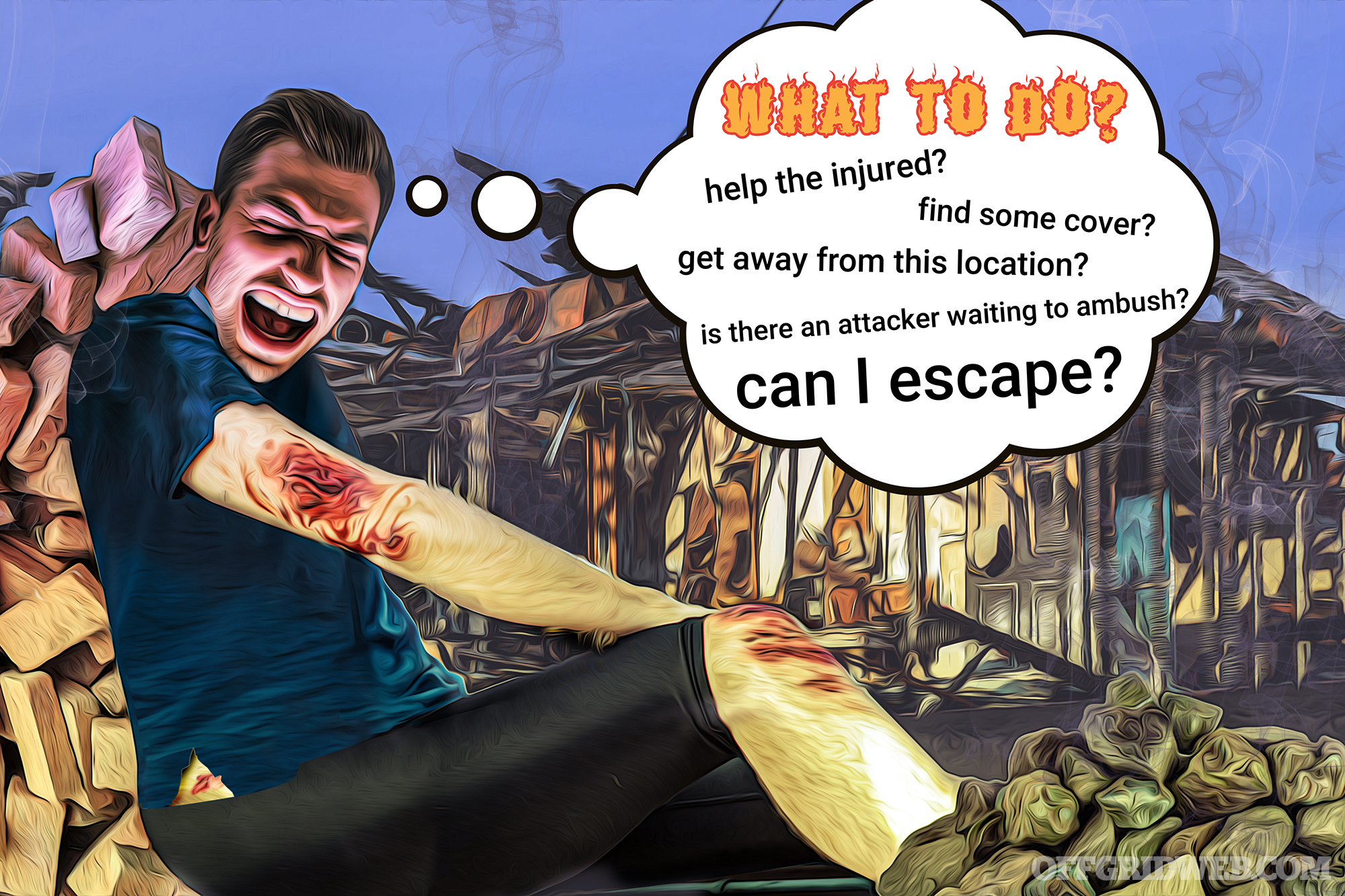

 Melody Lauer
Melody Lauer Alexander Crown
Alexander Crown
